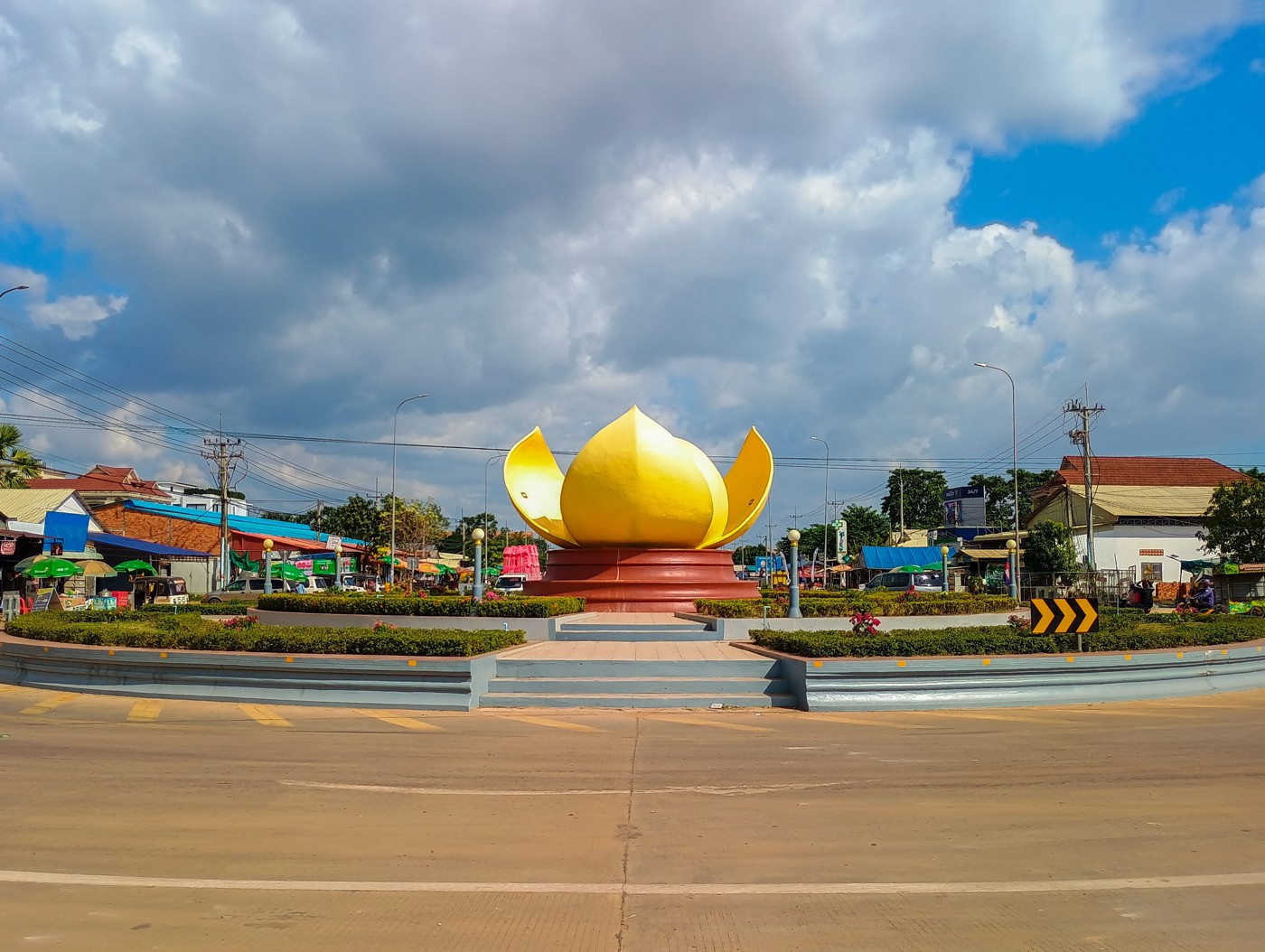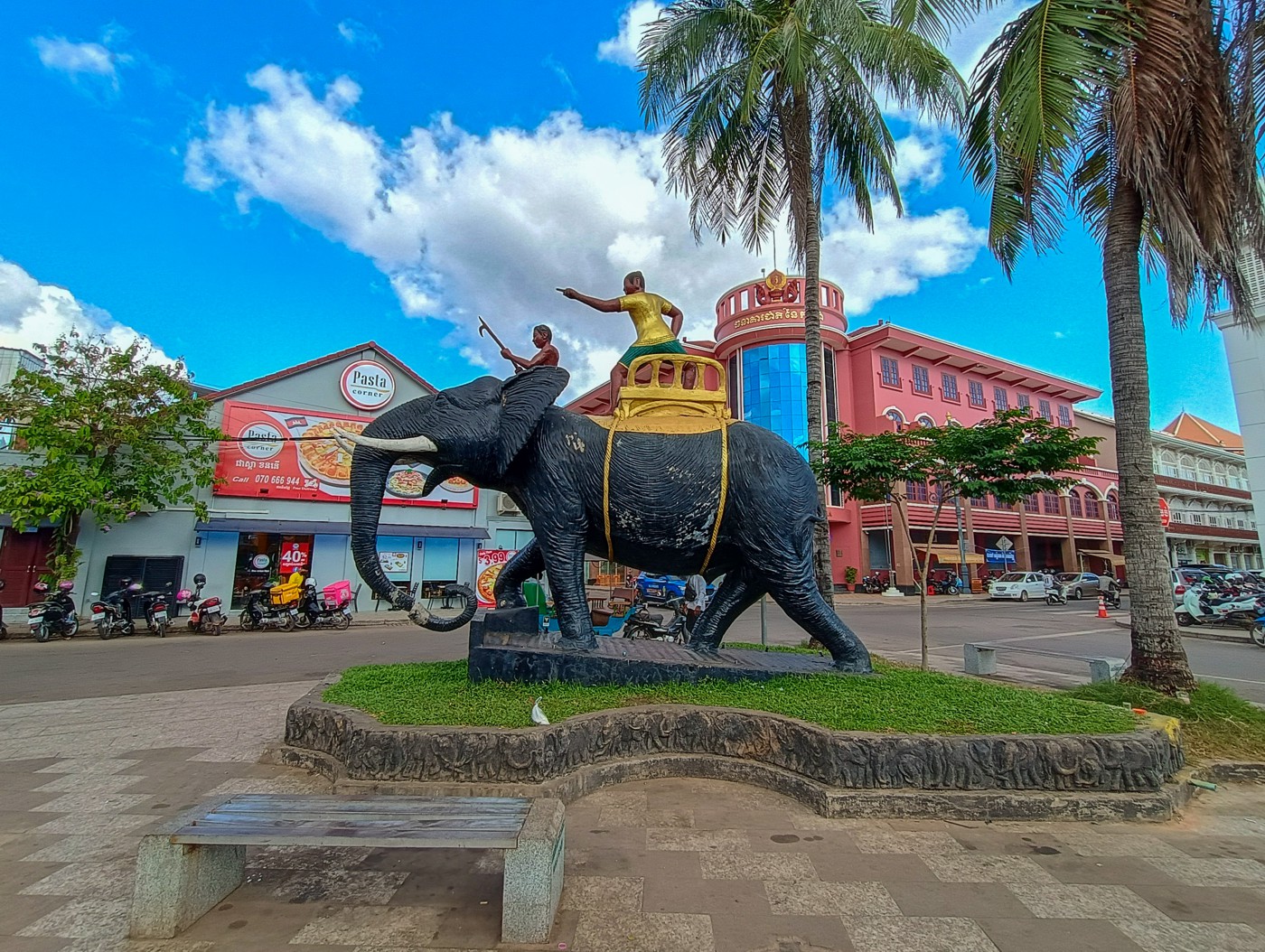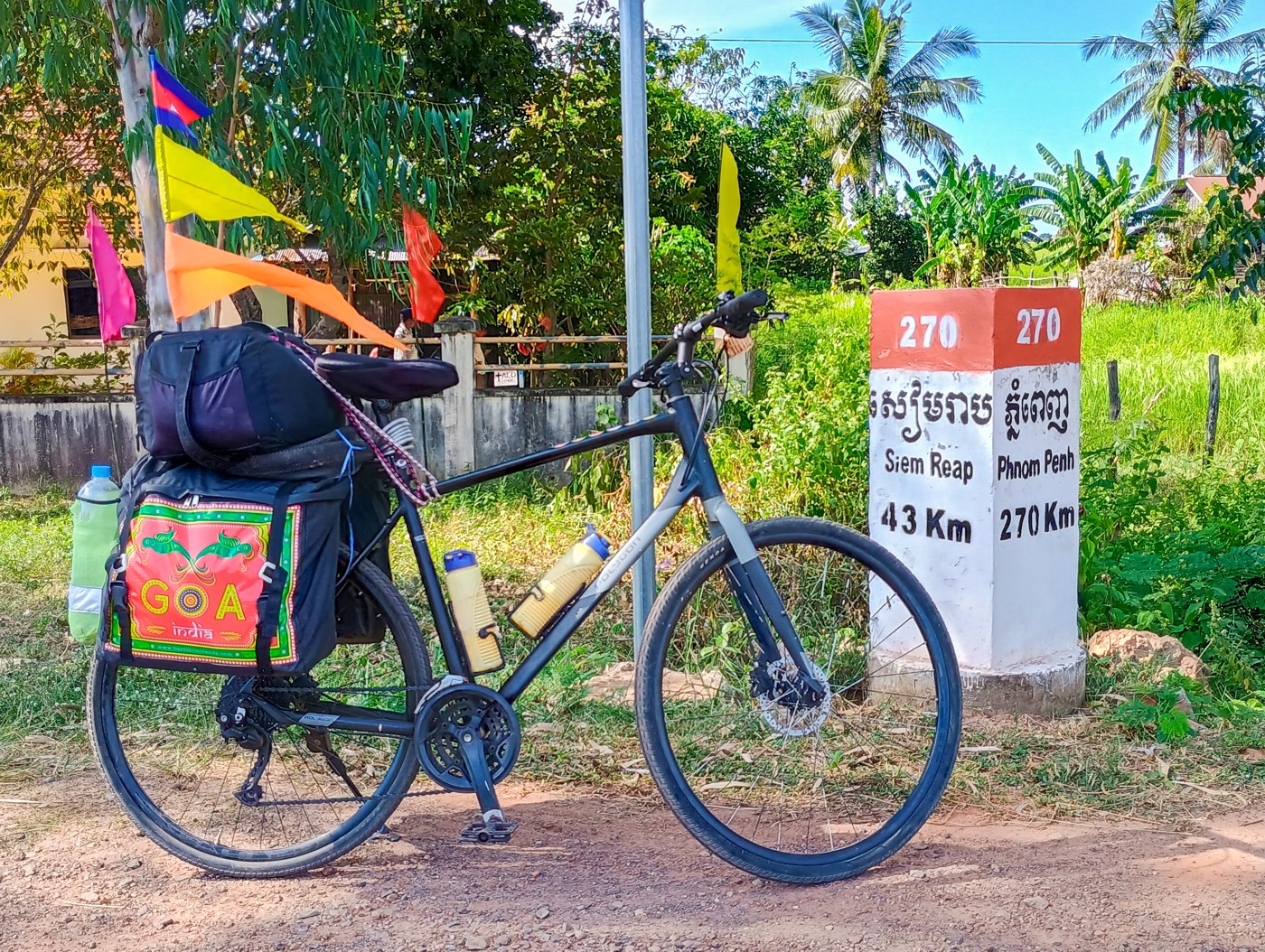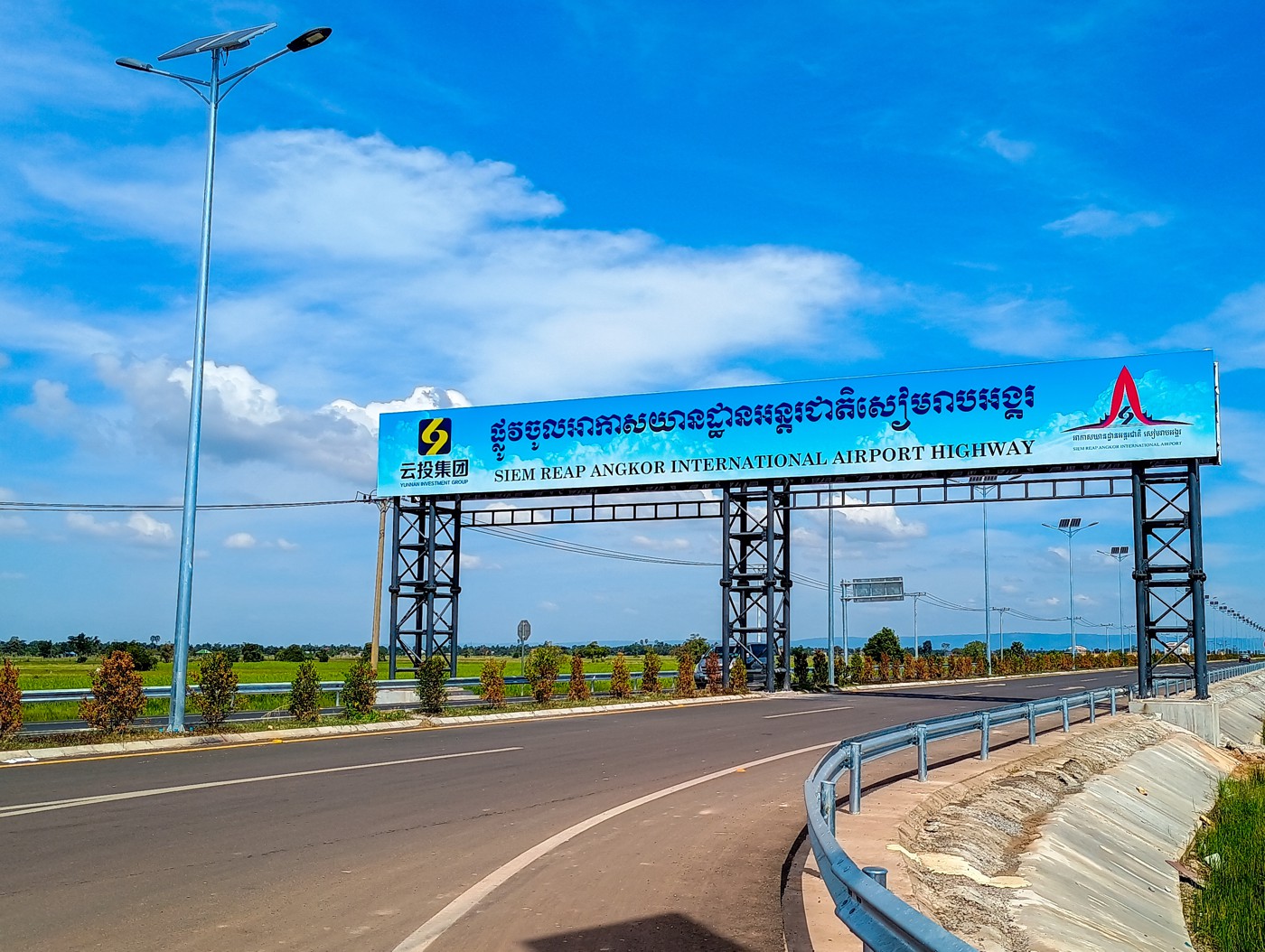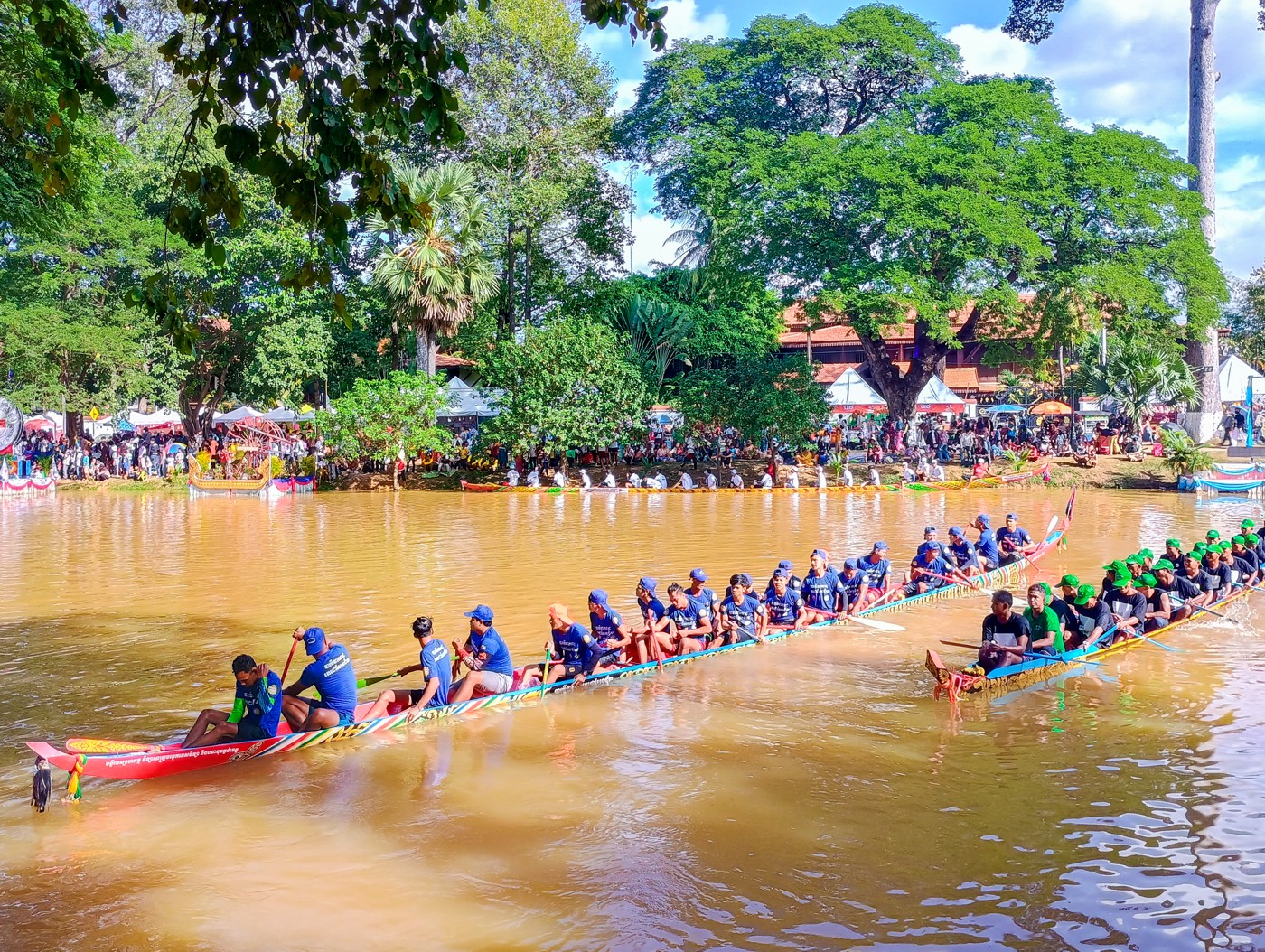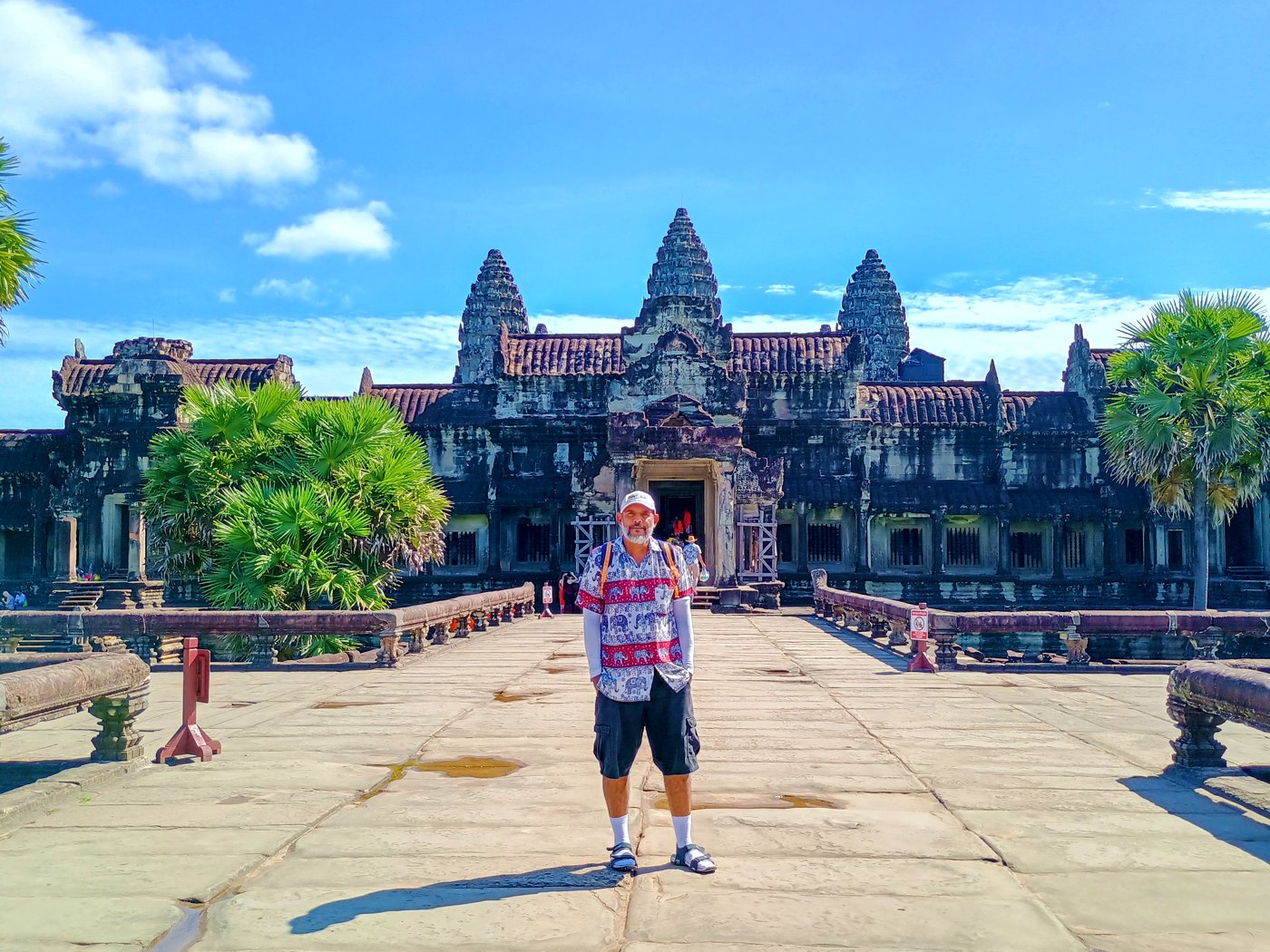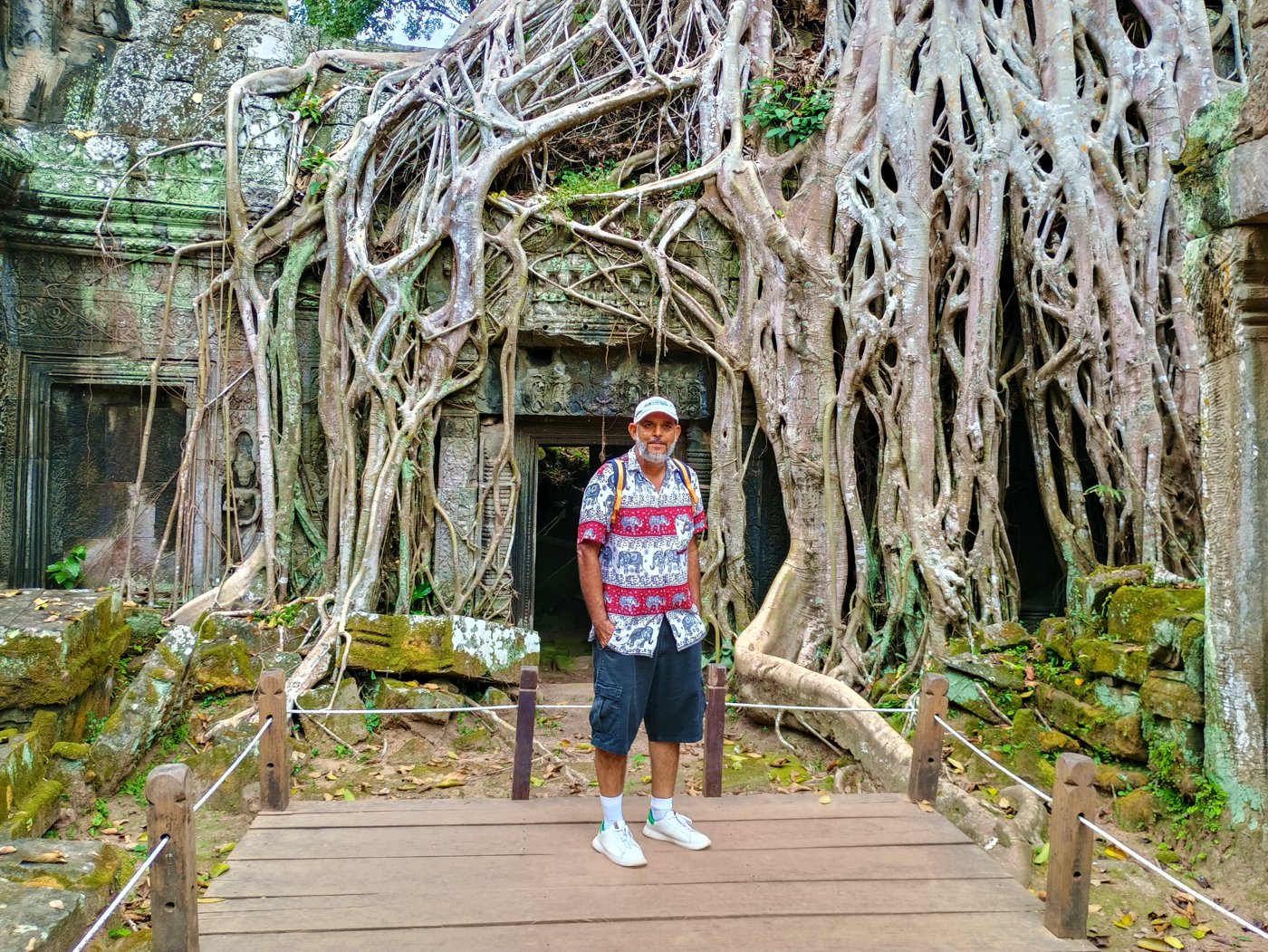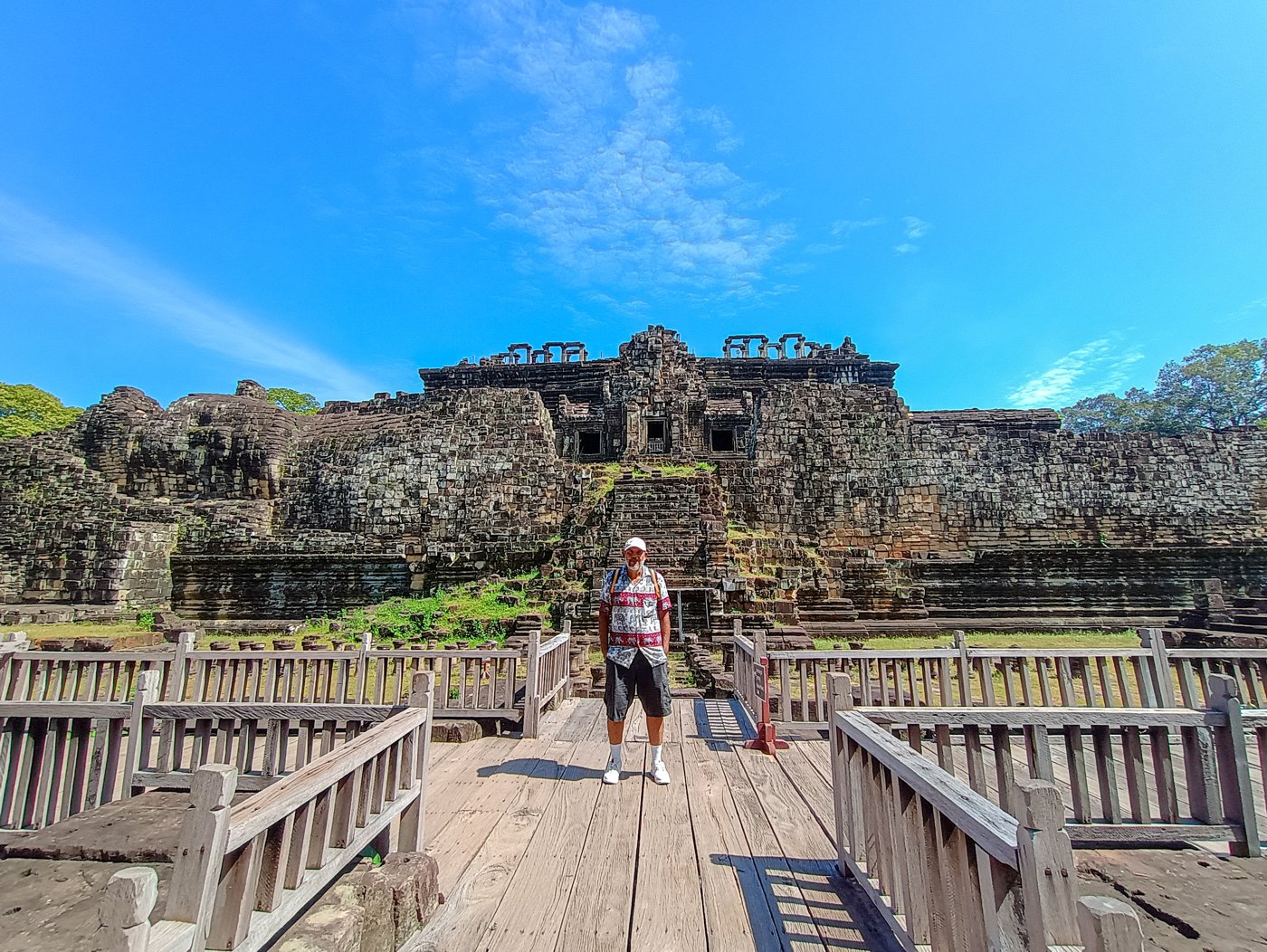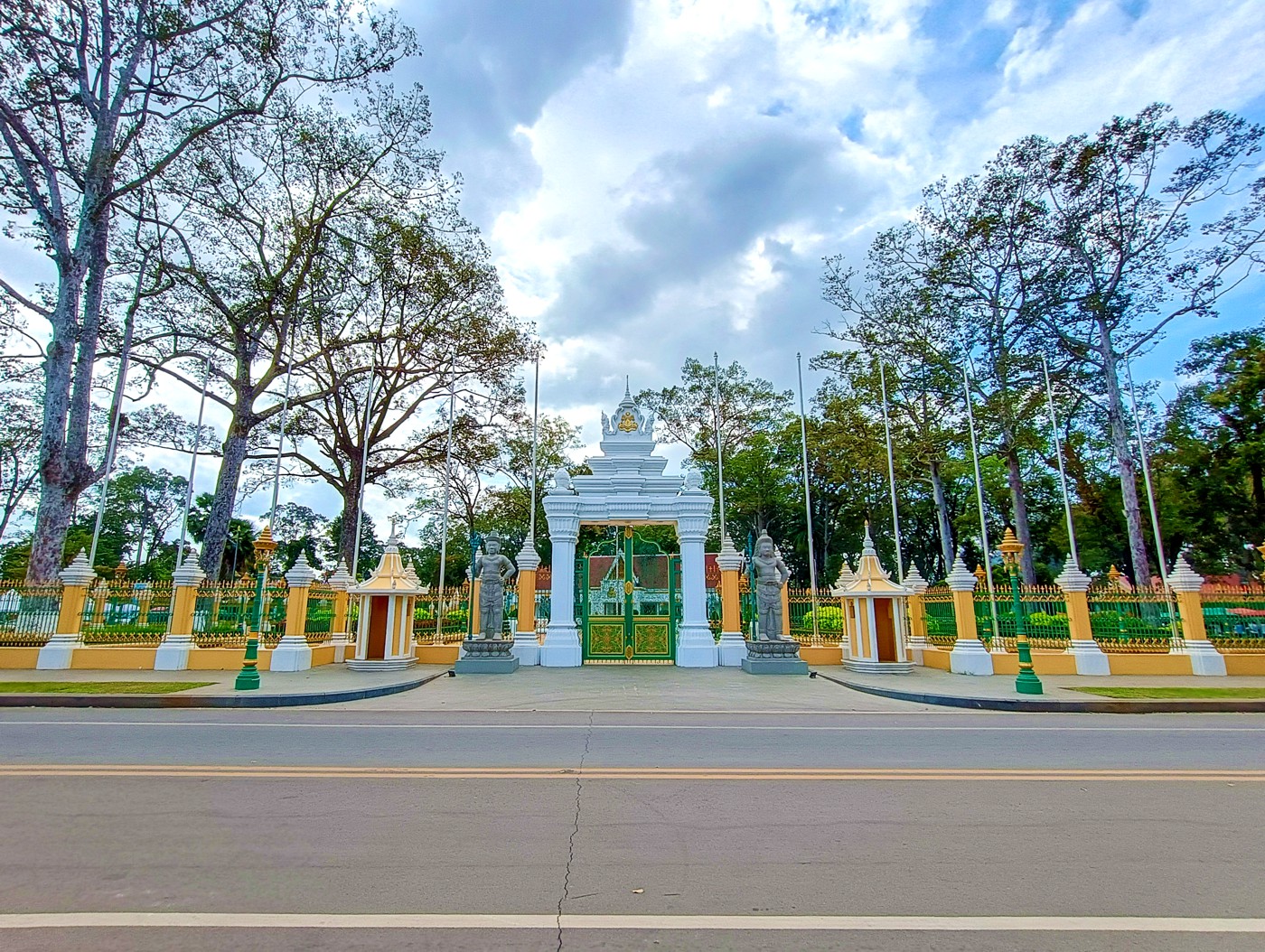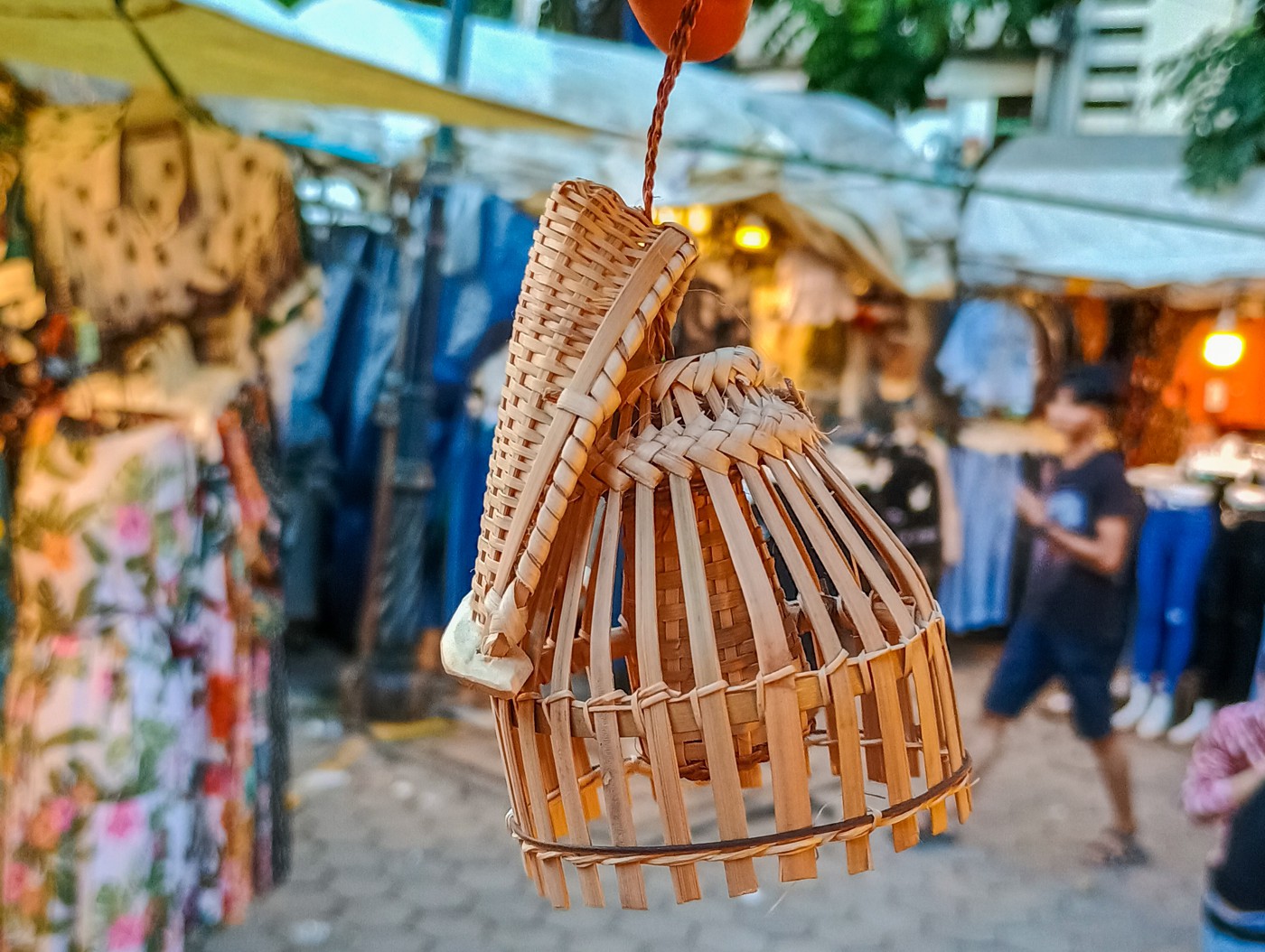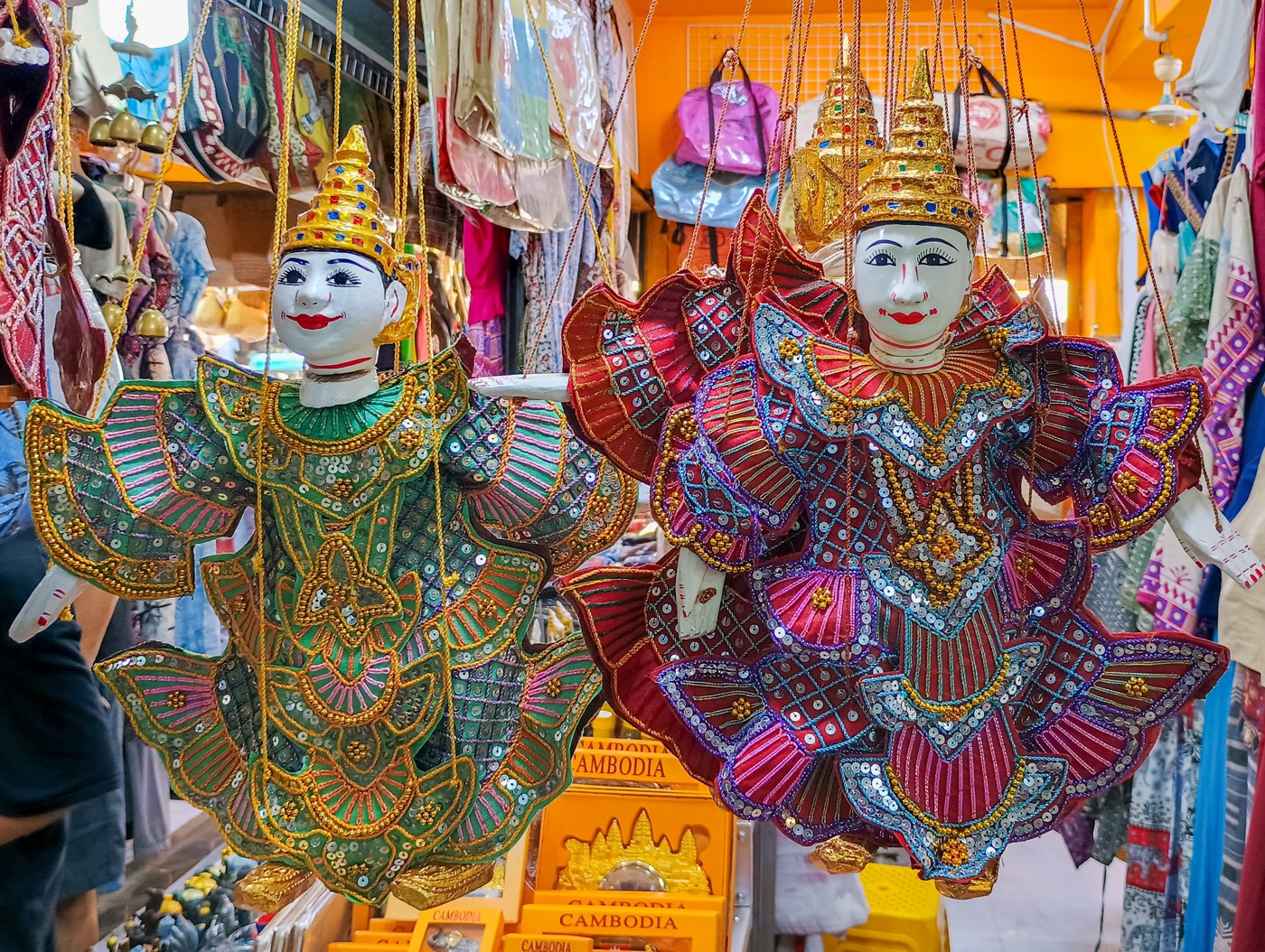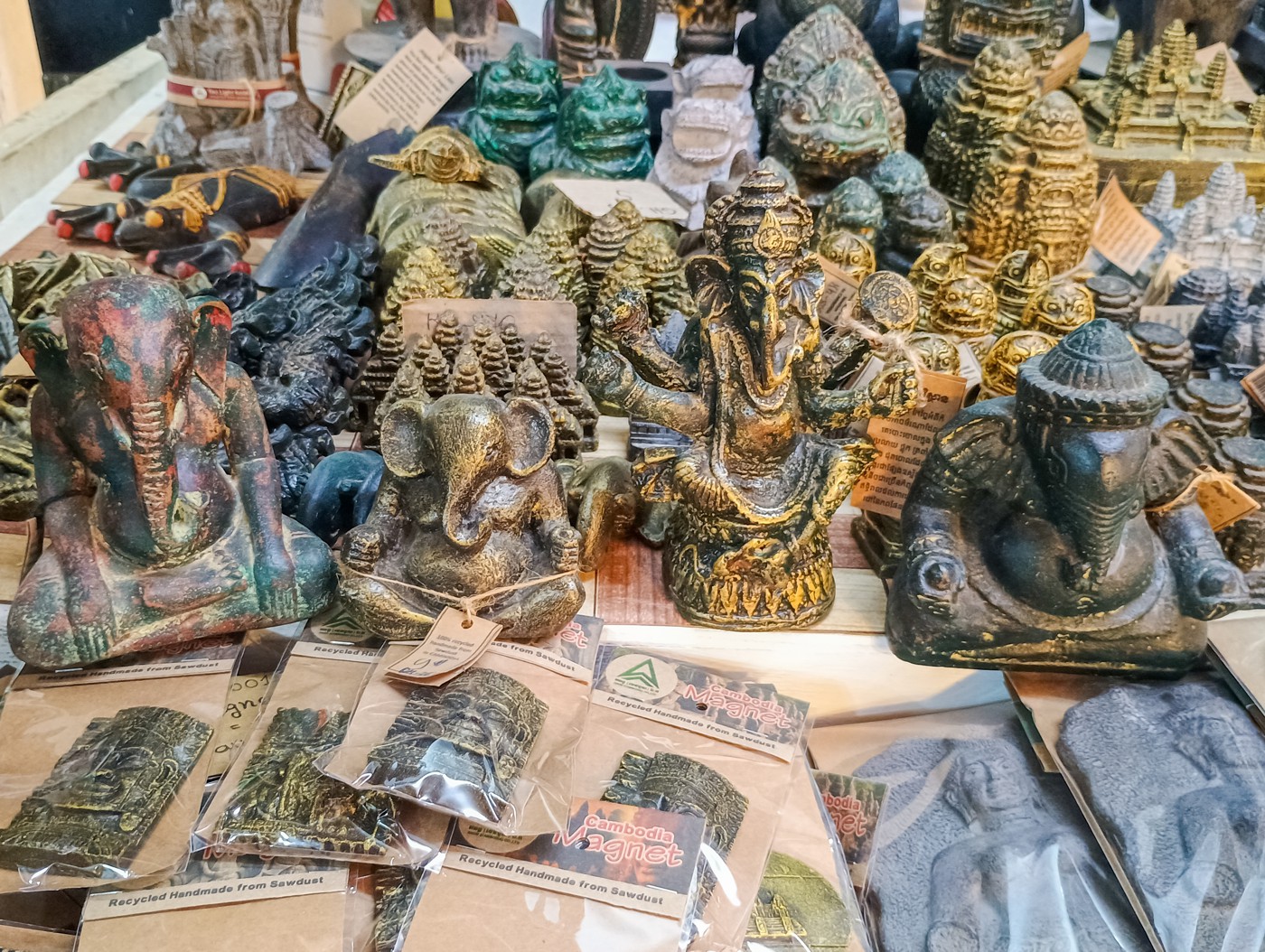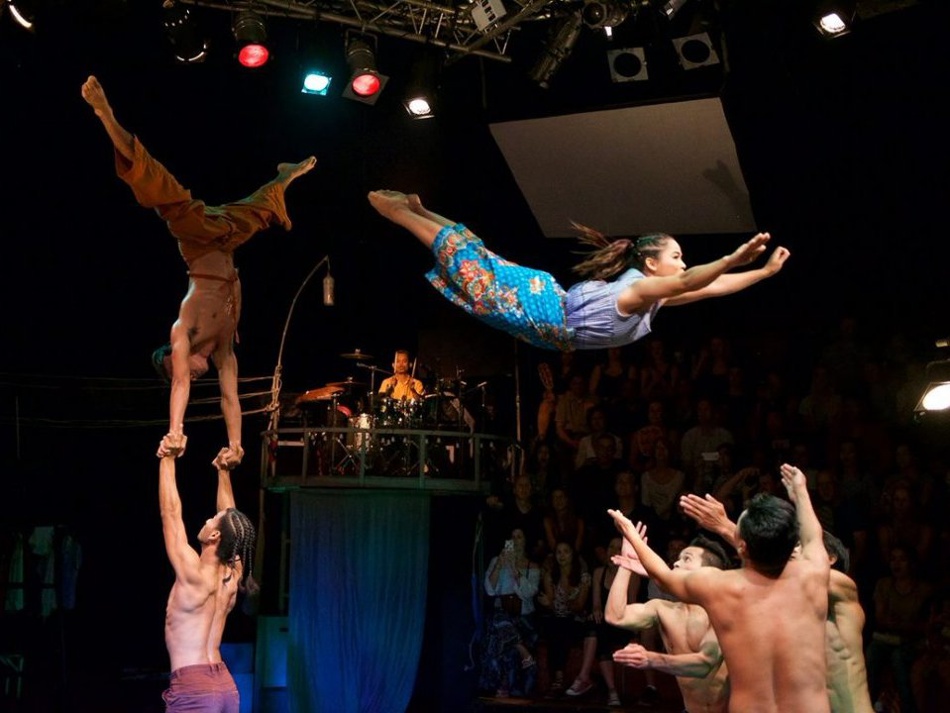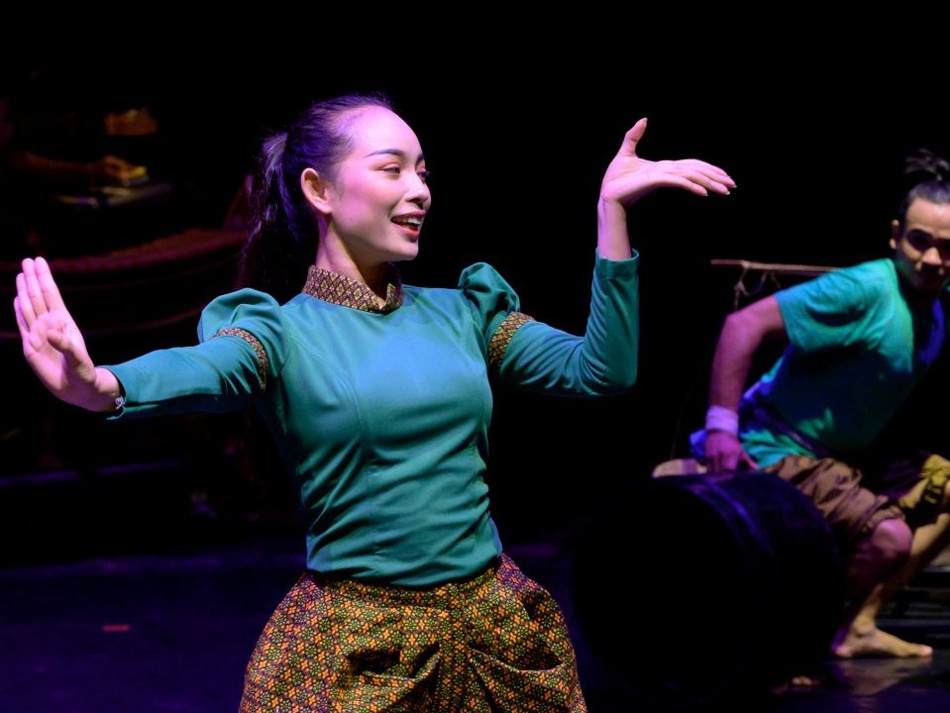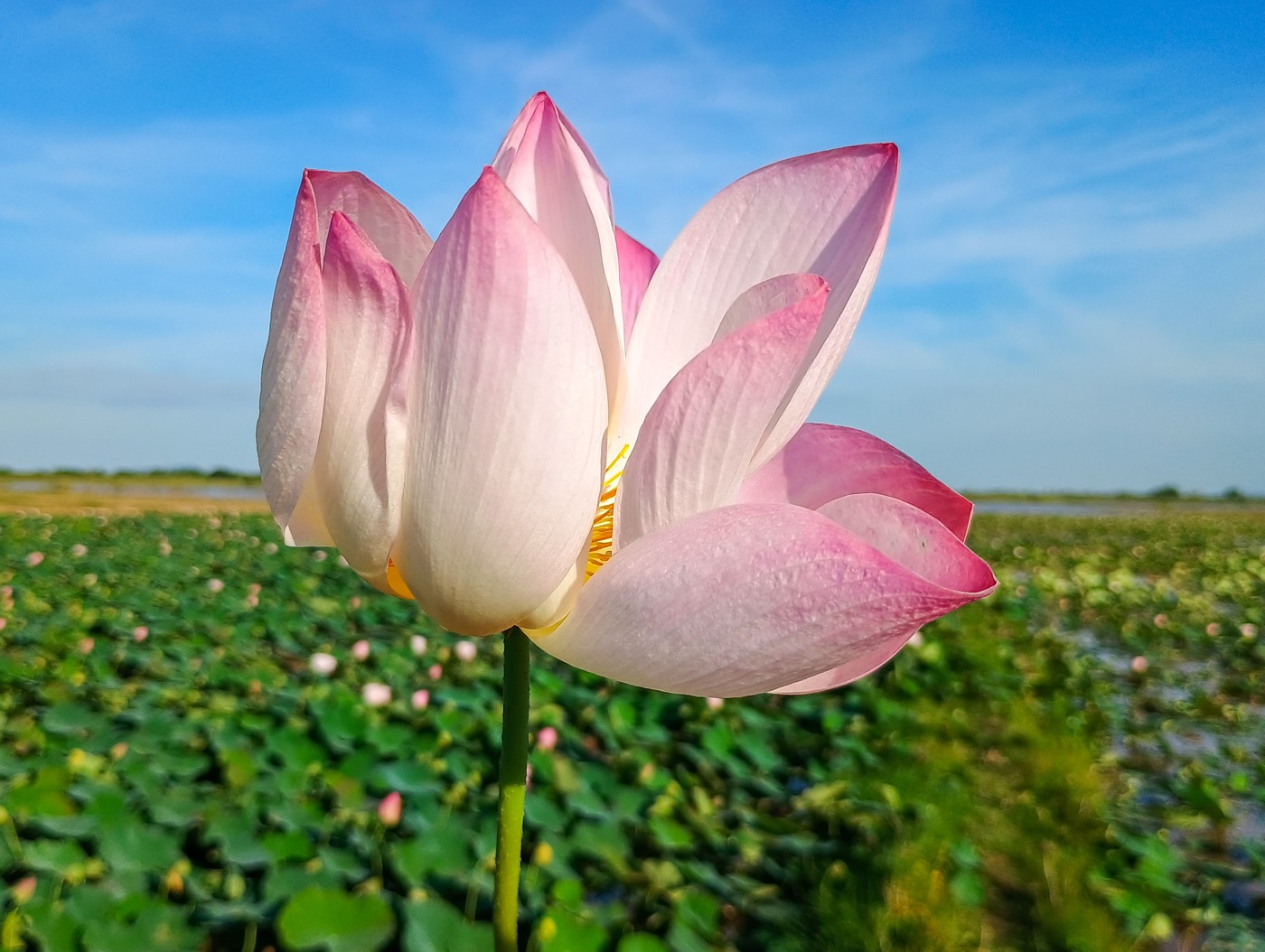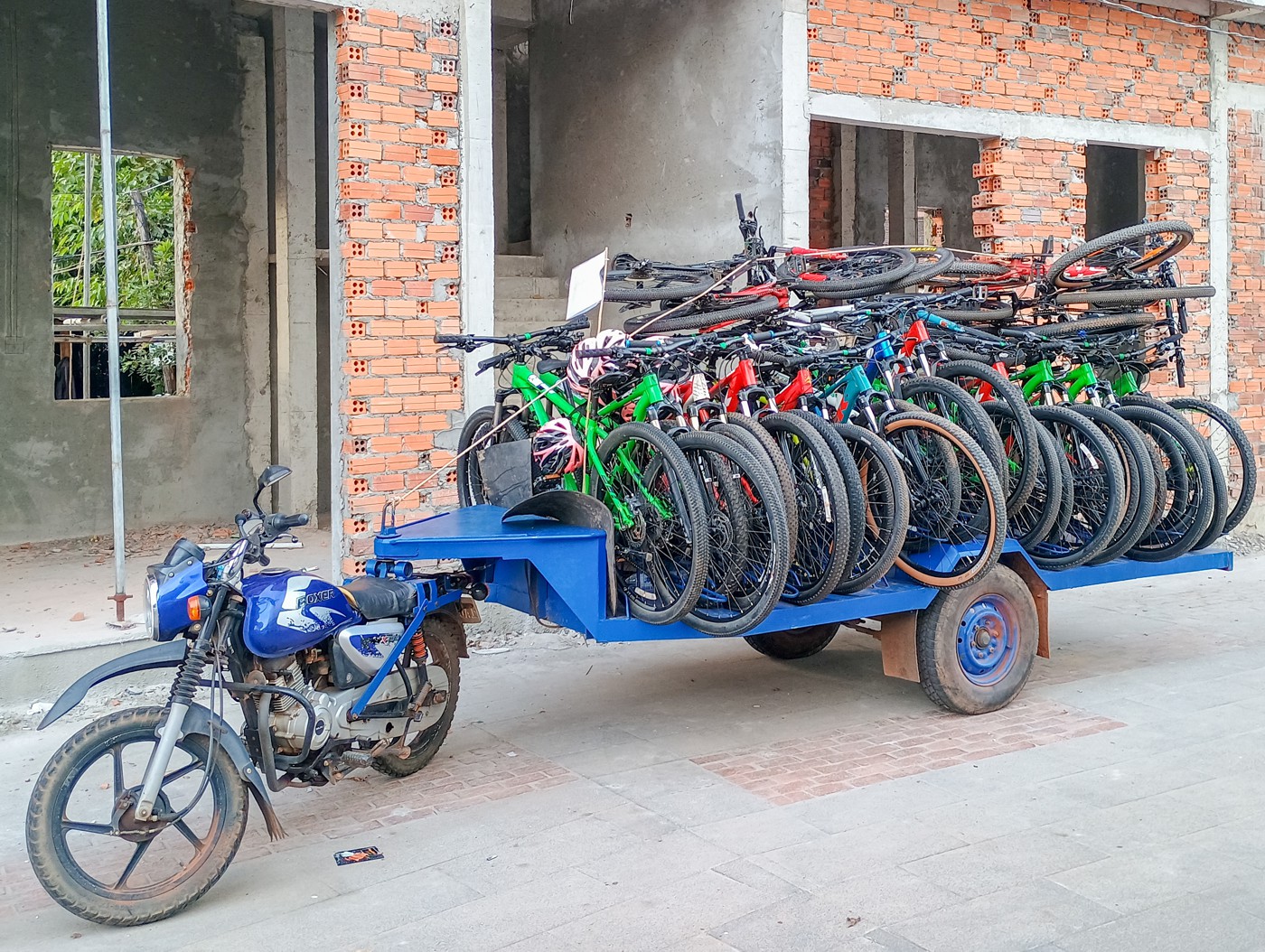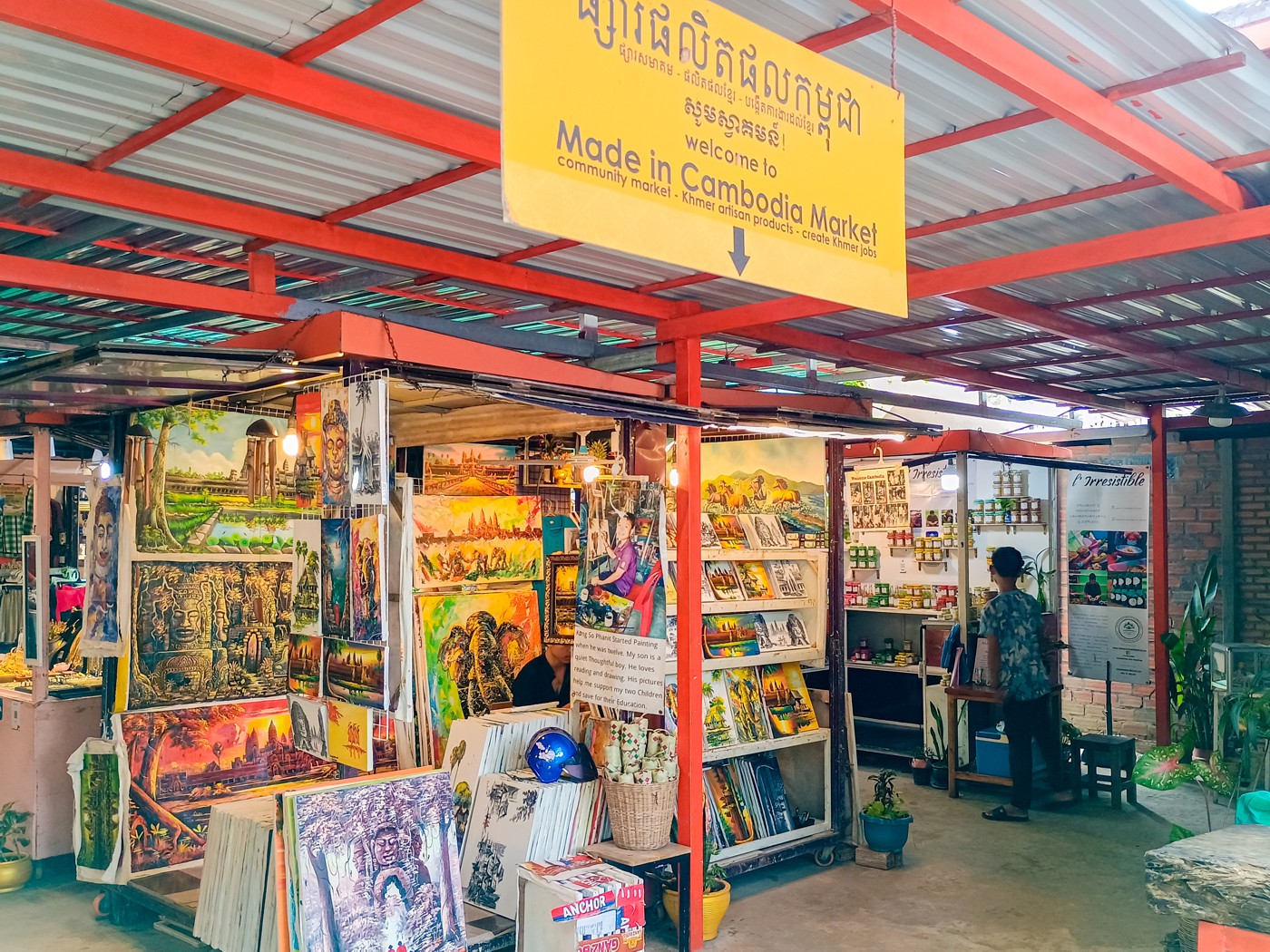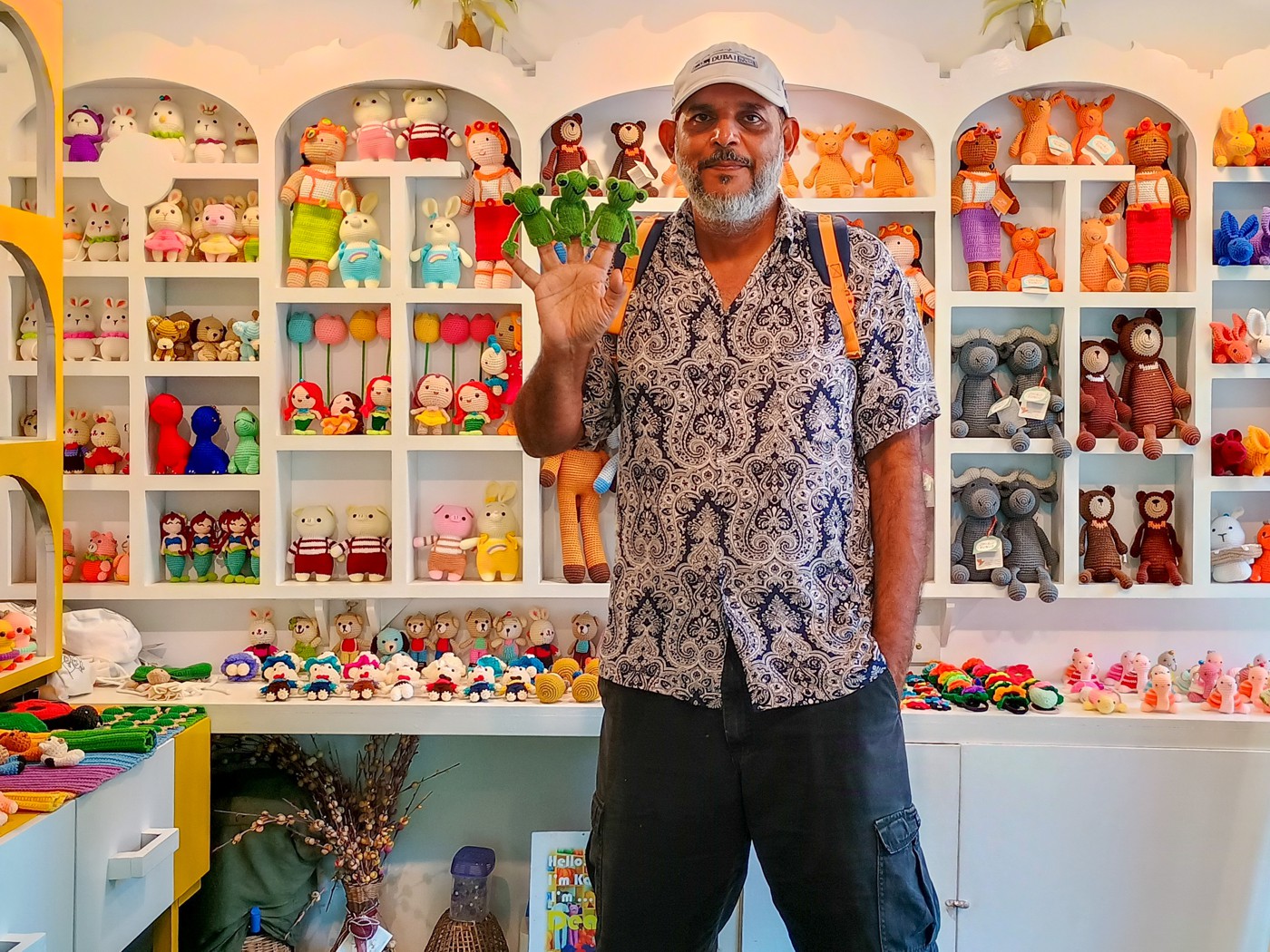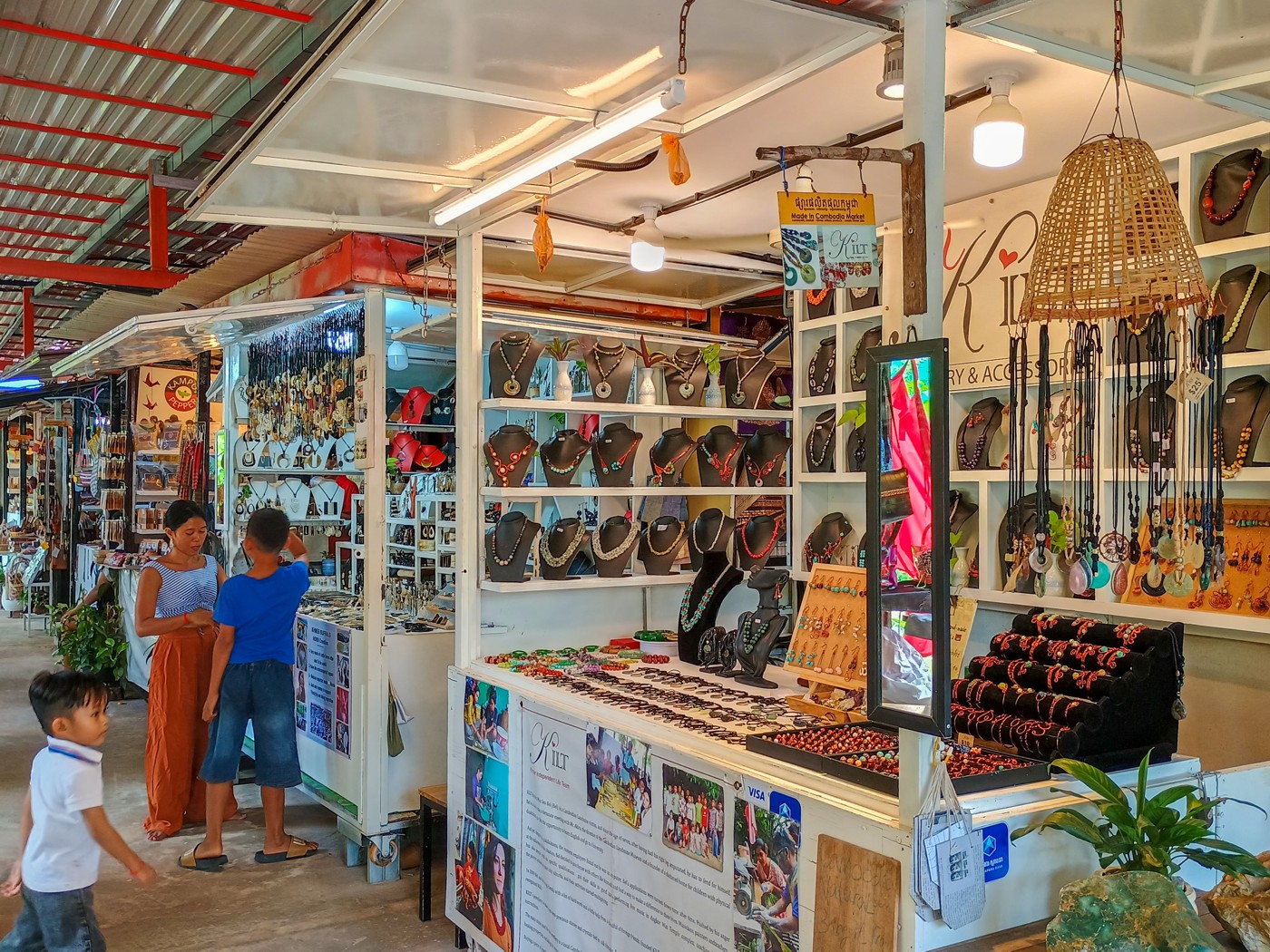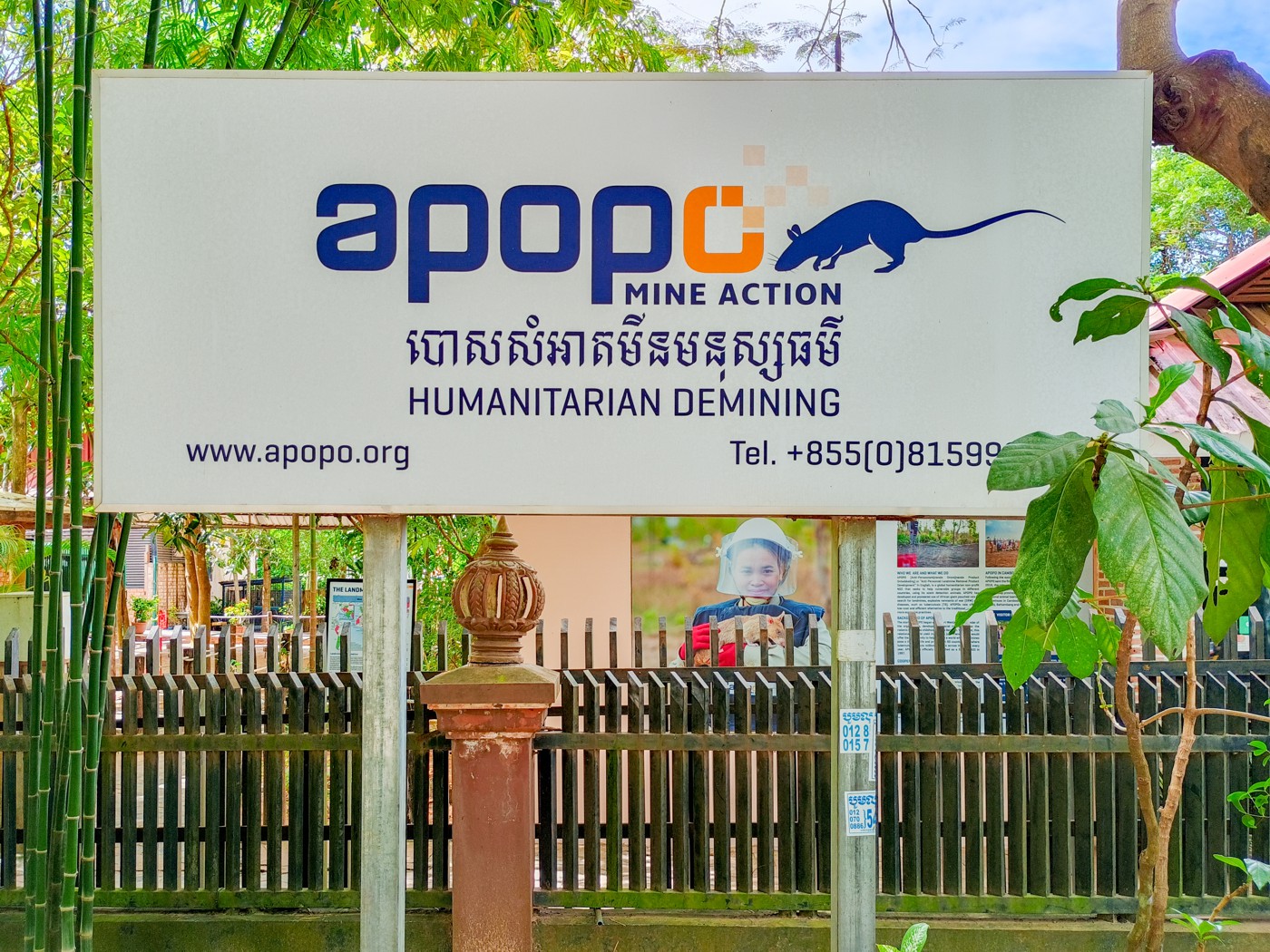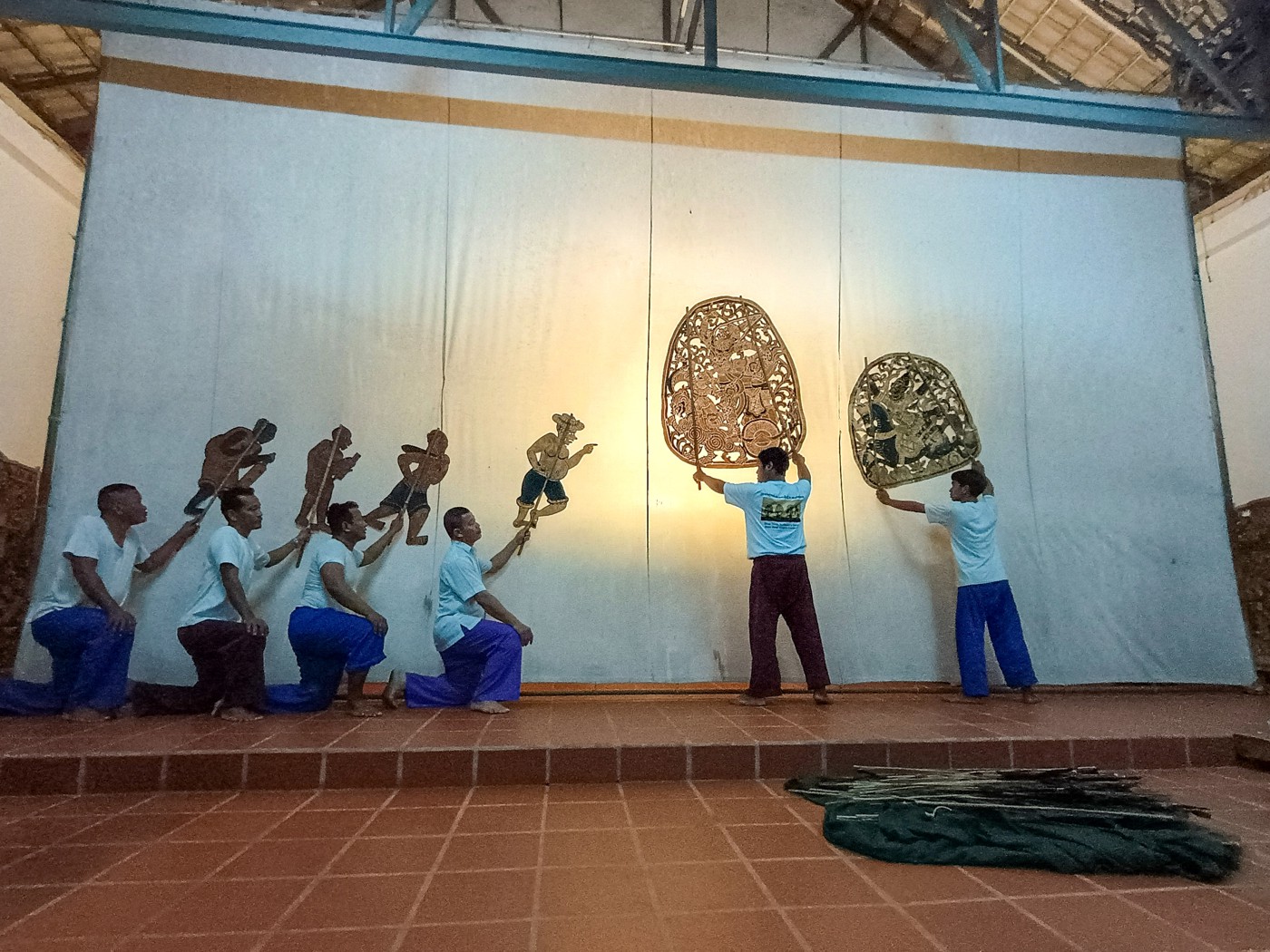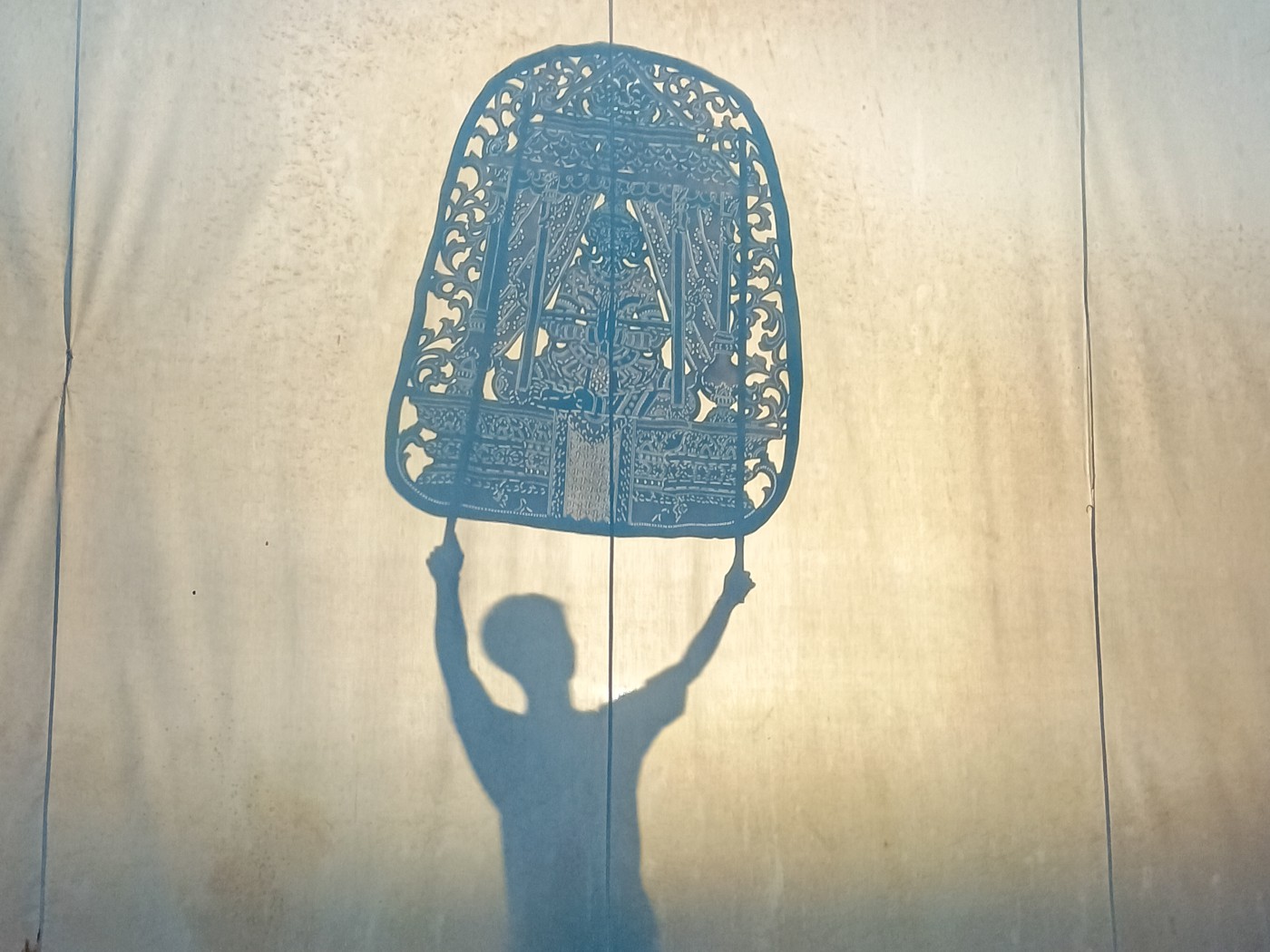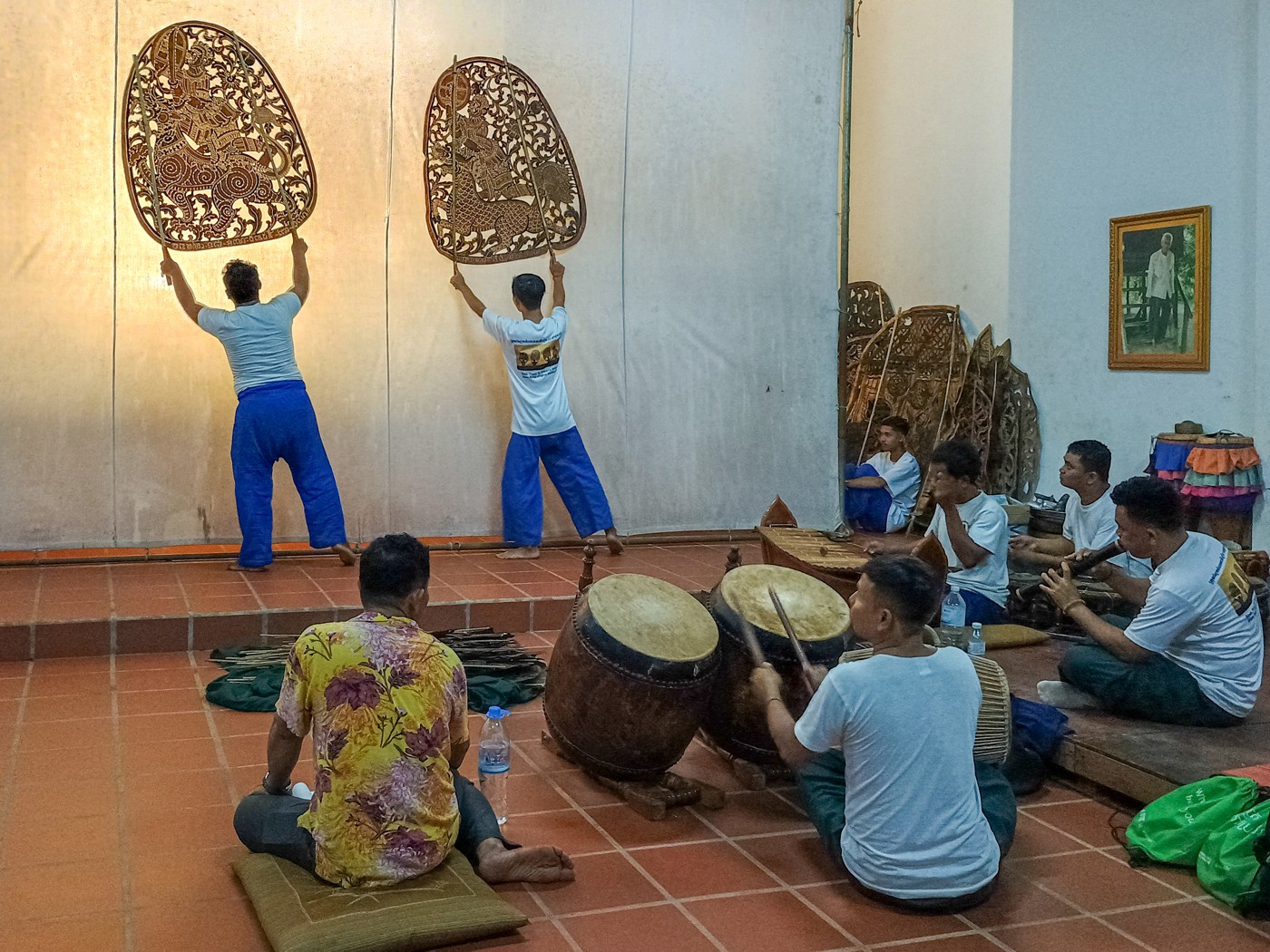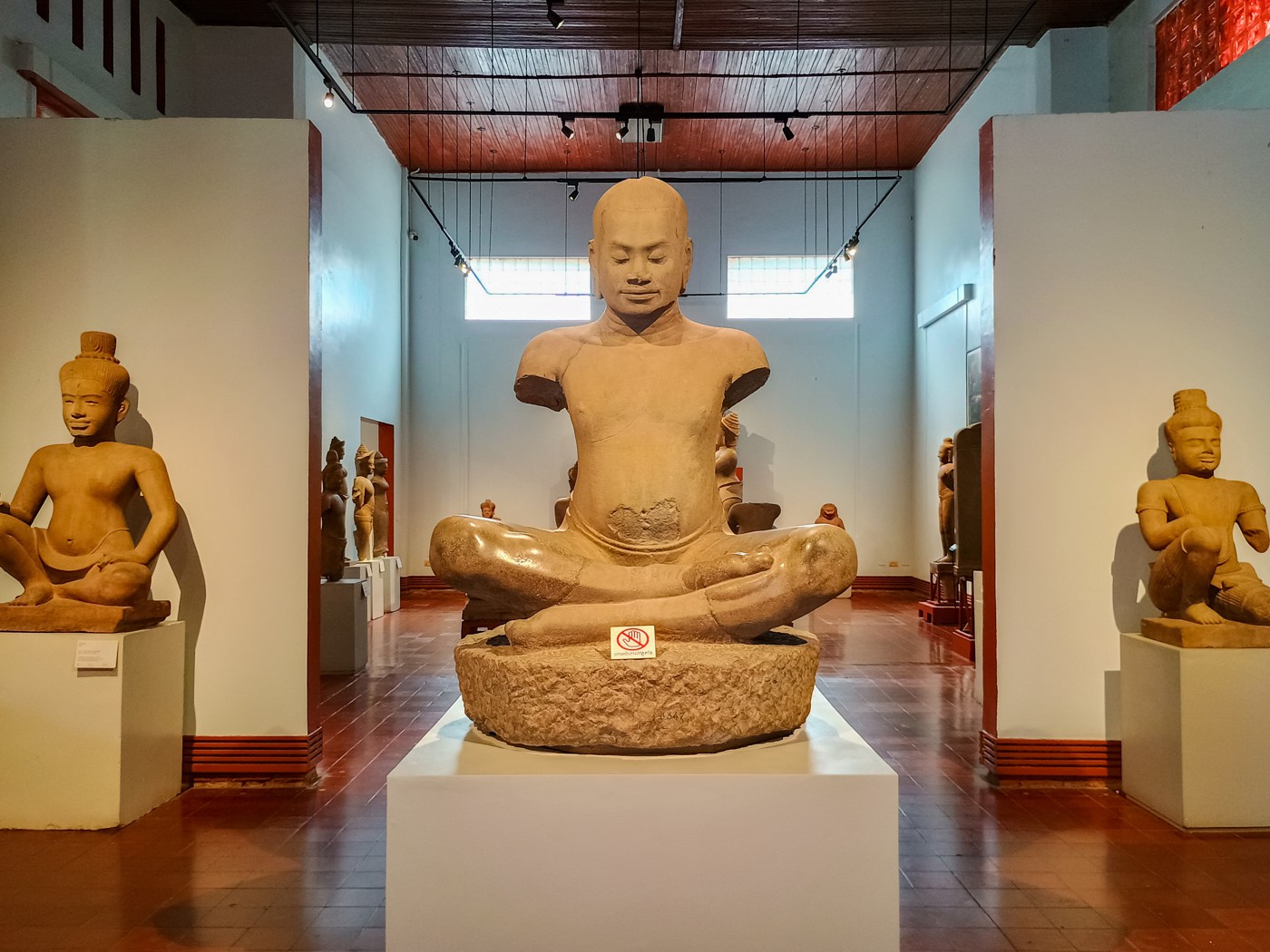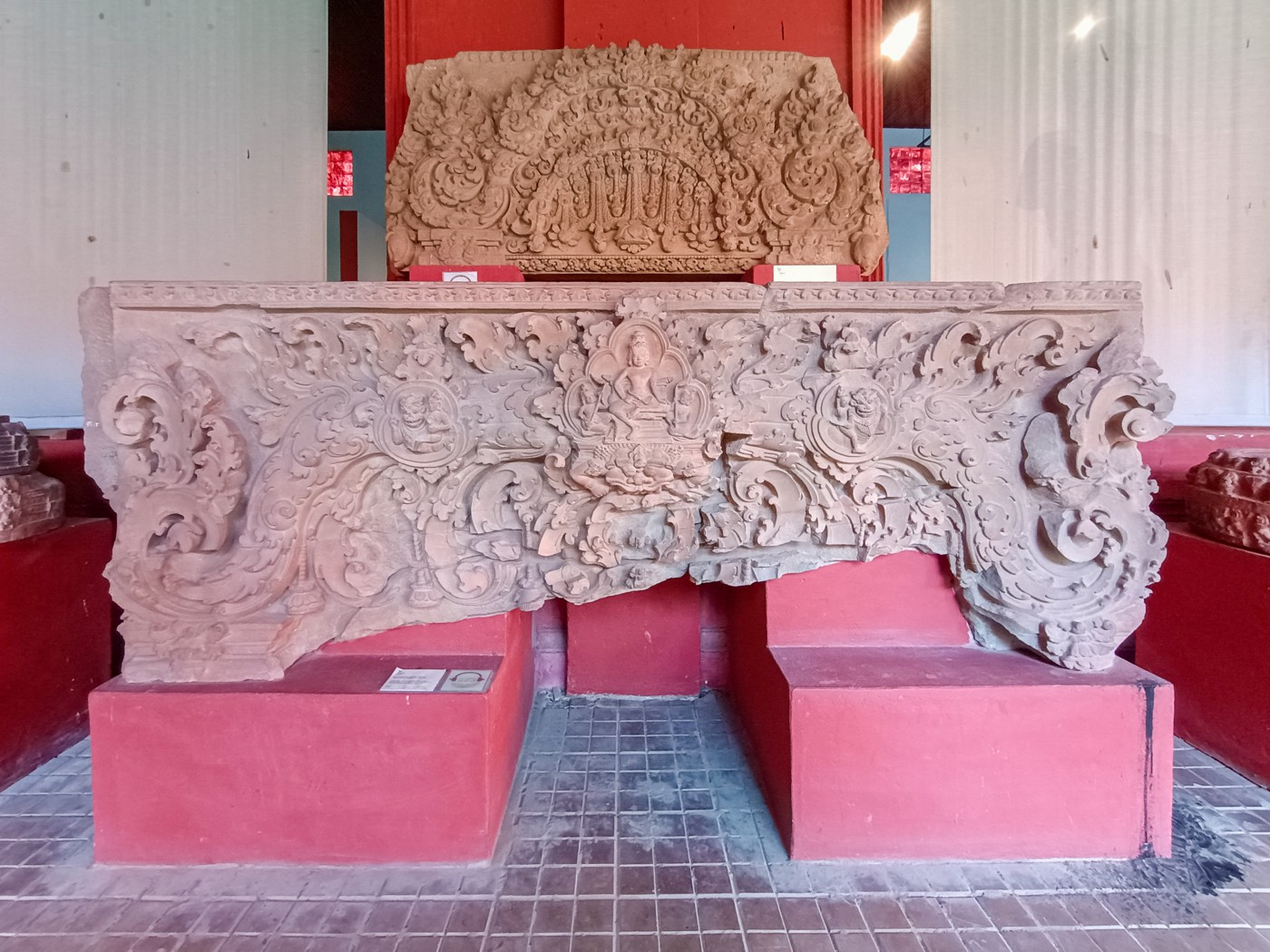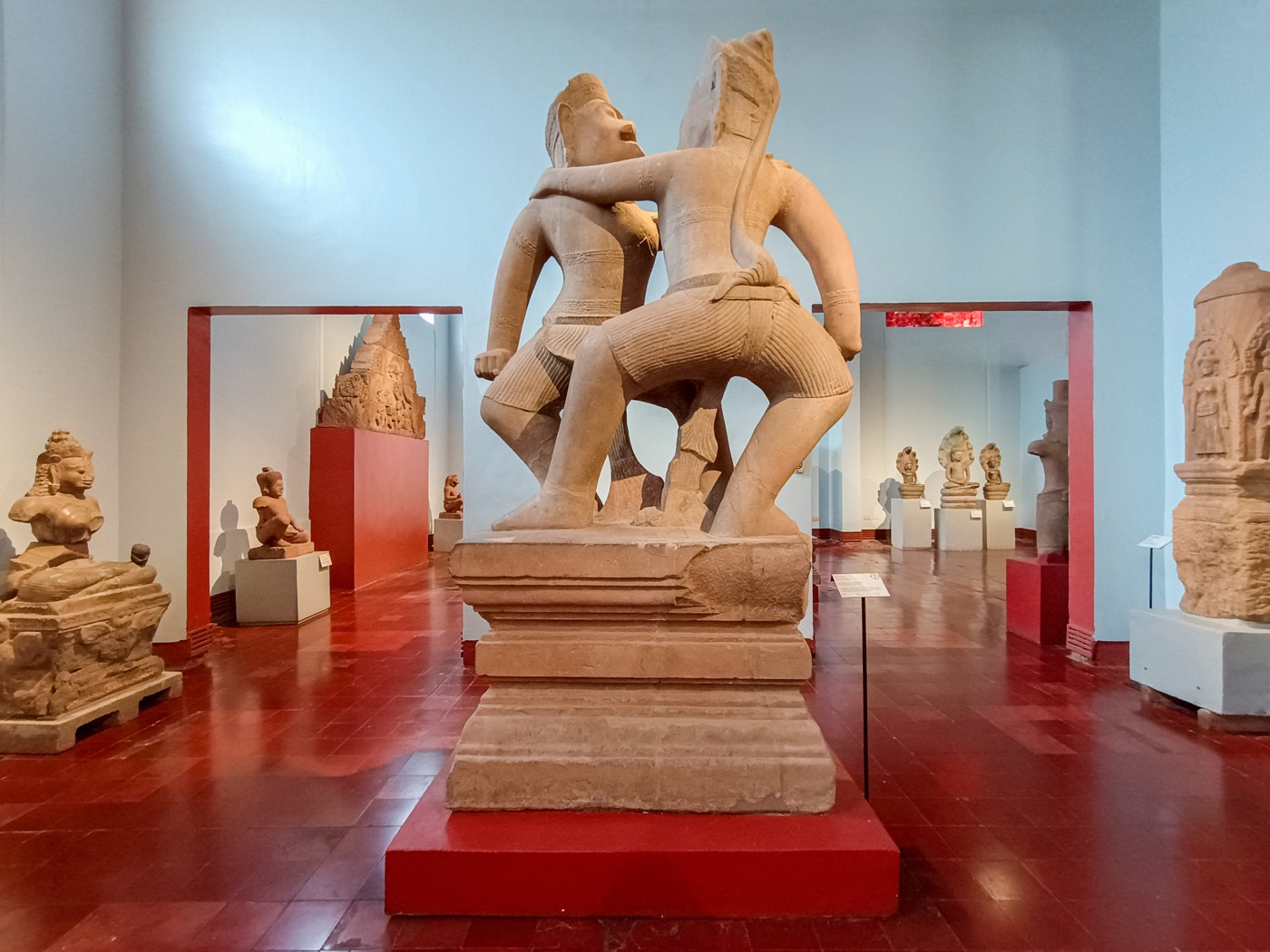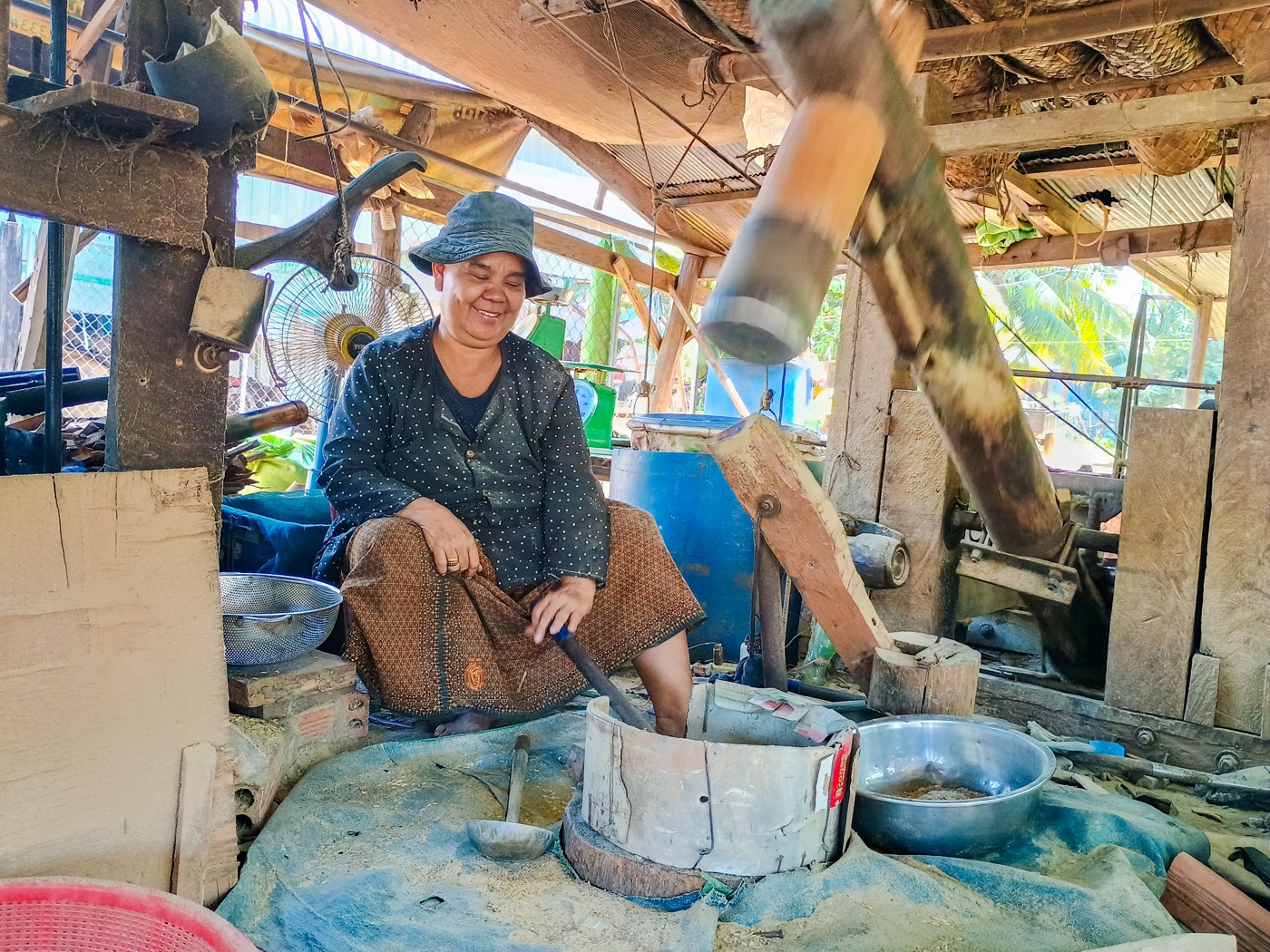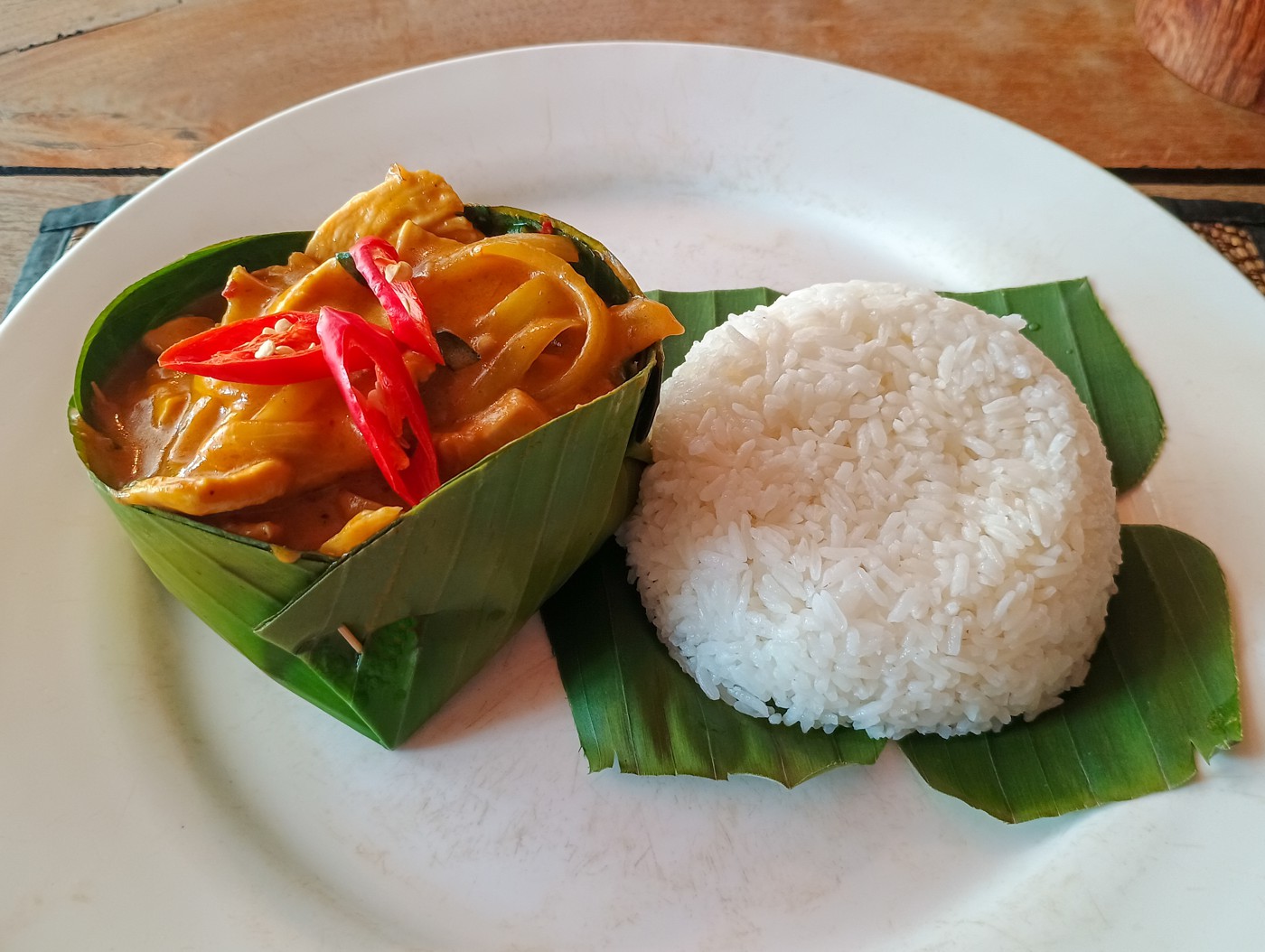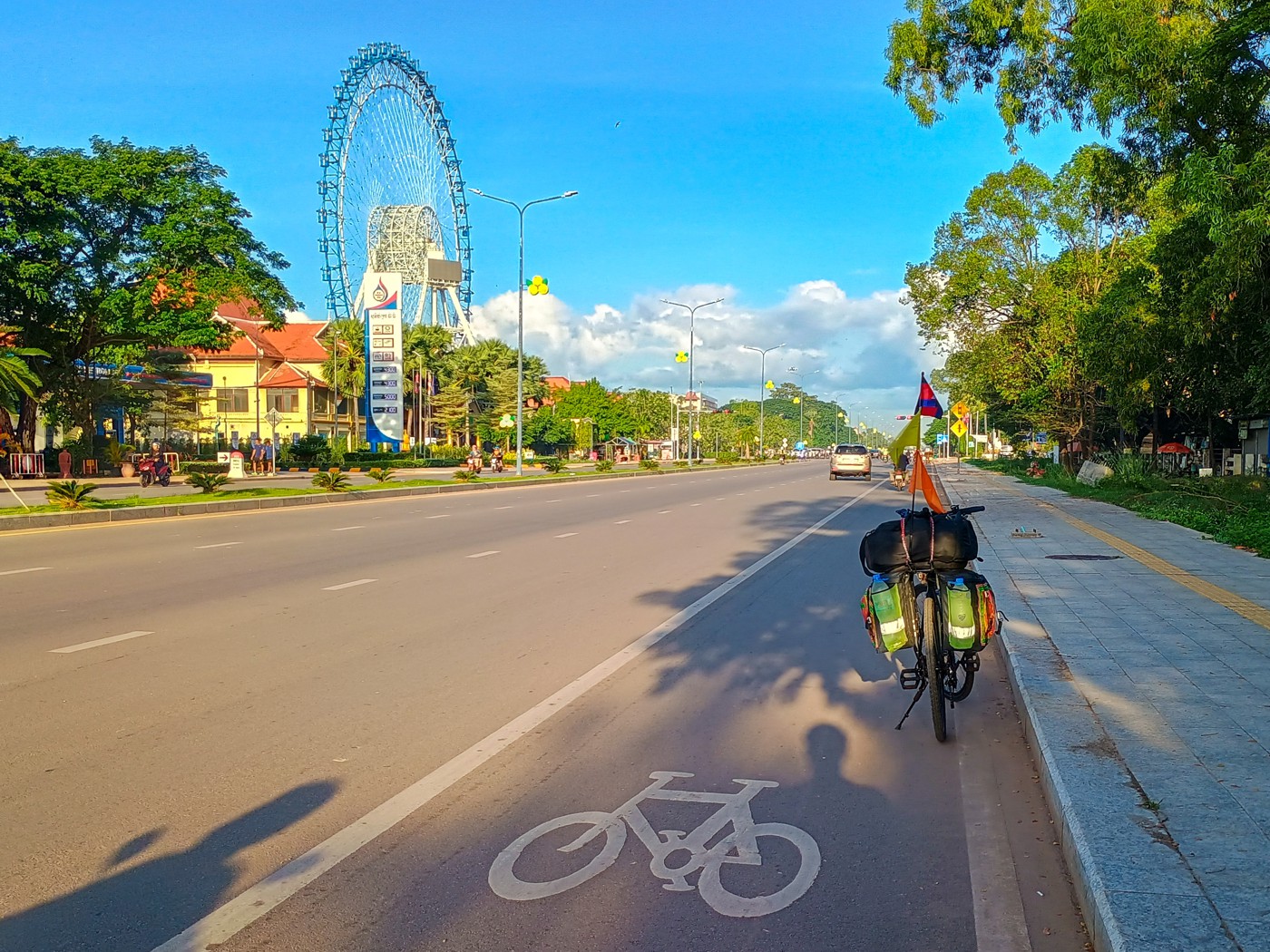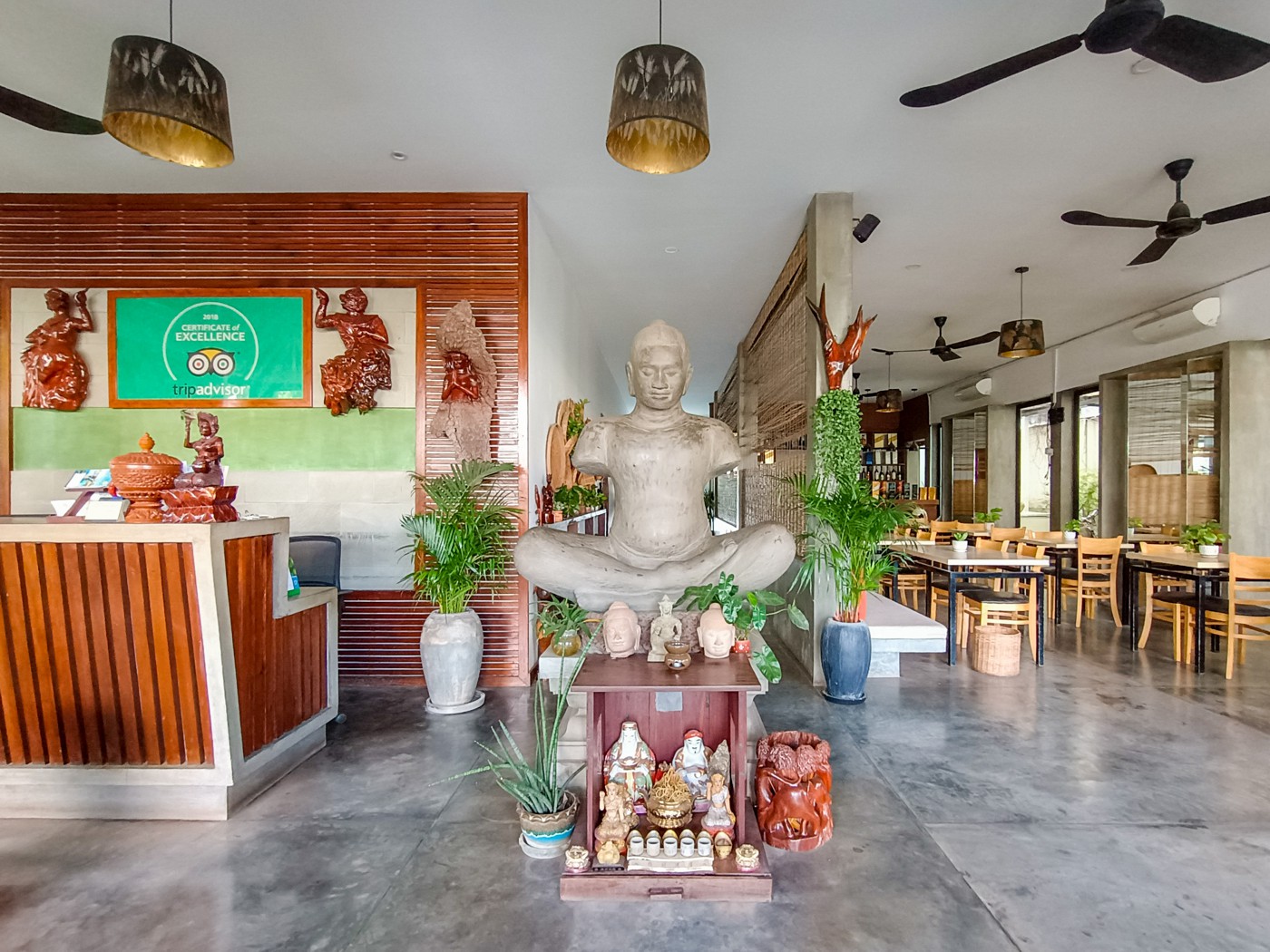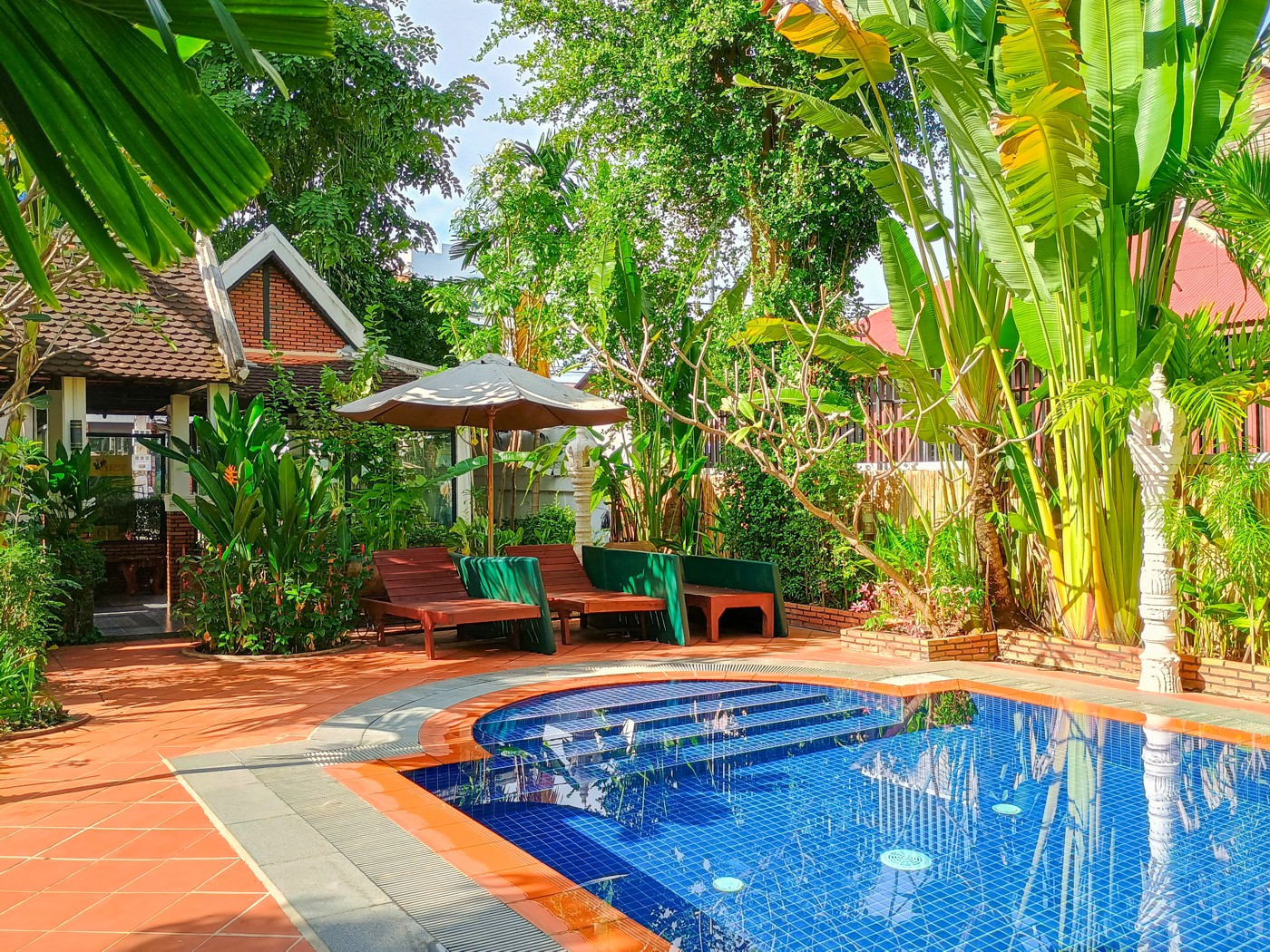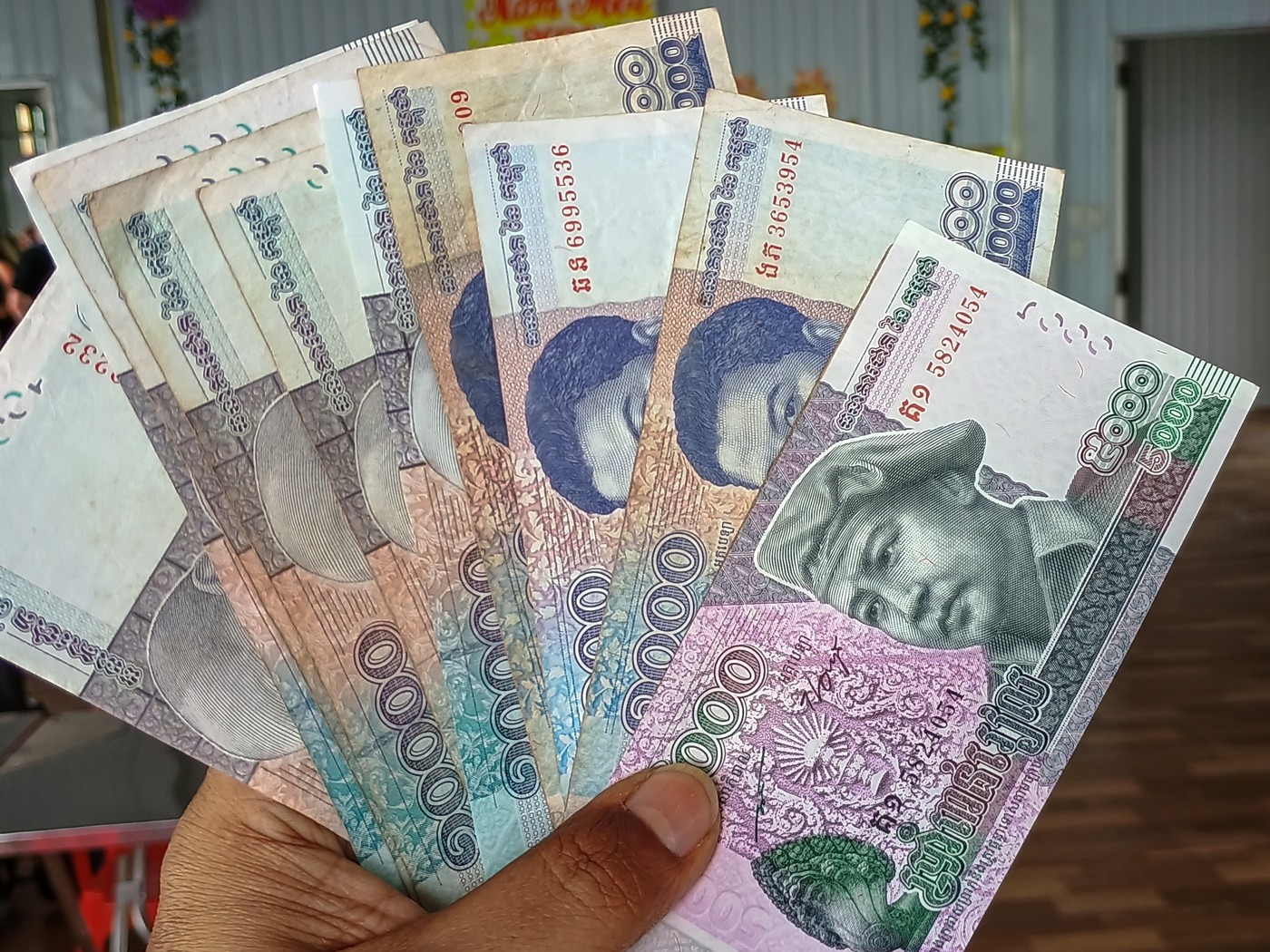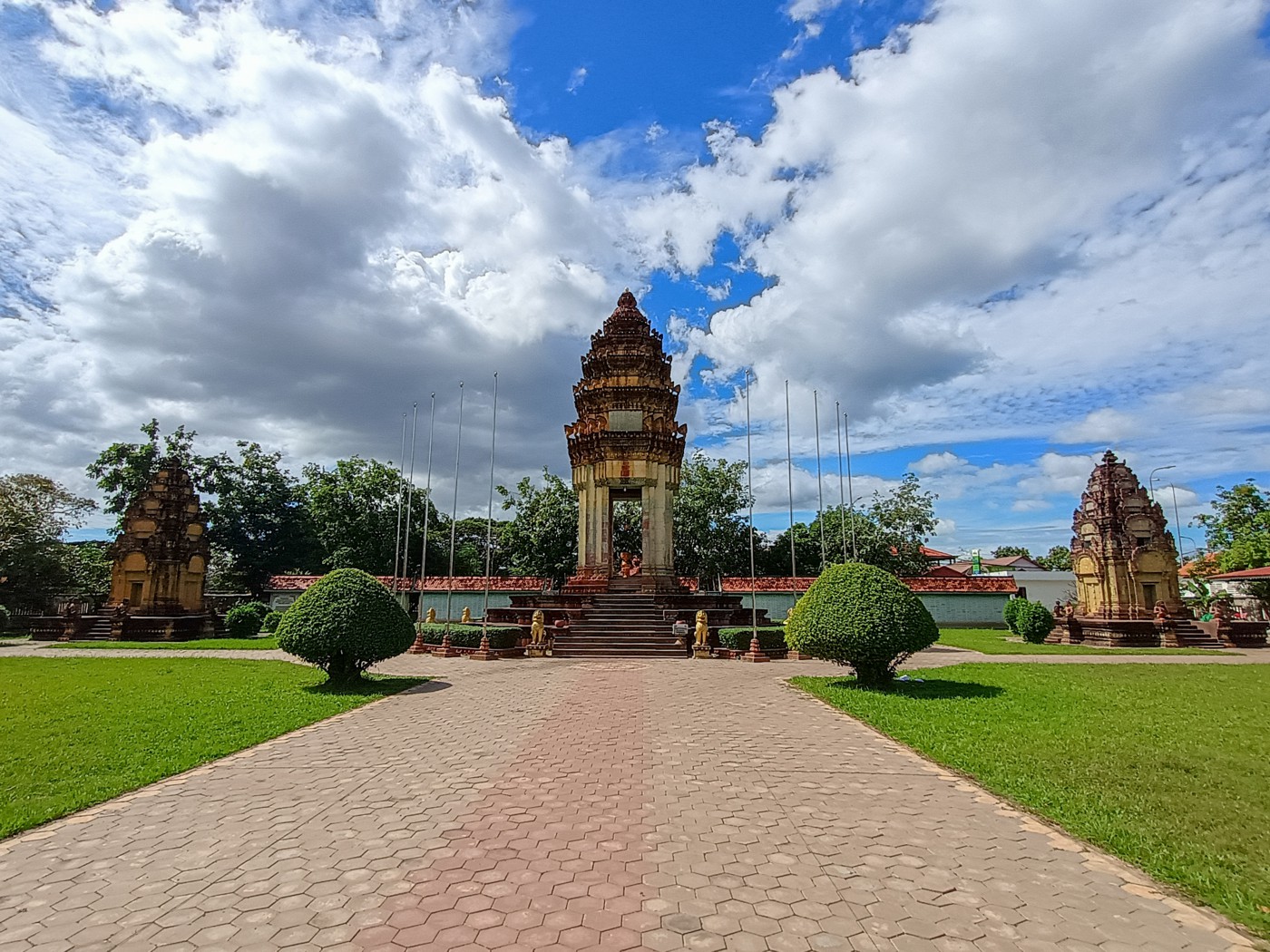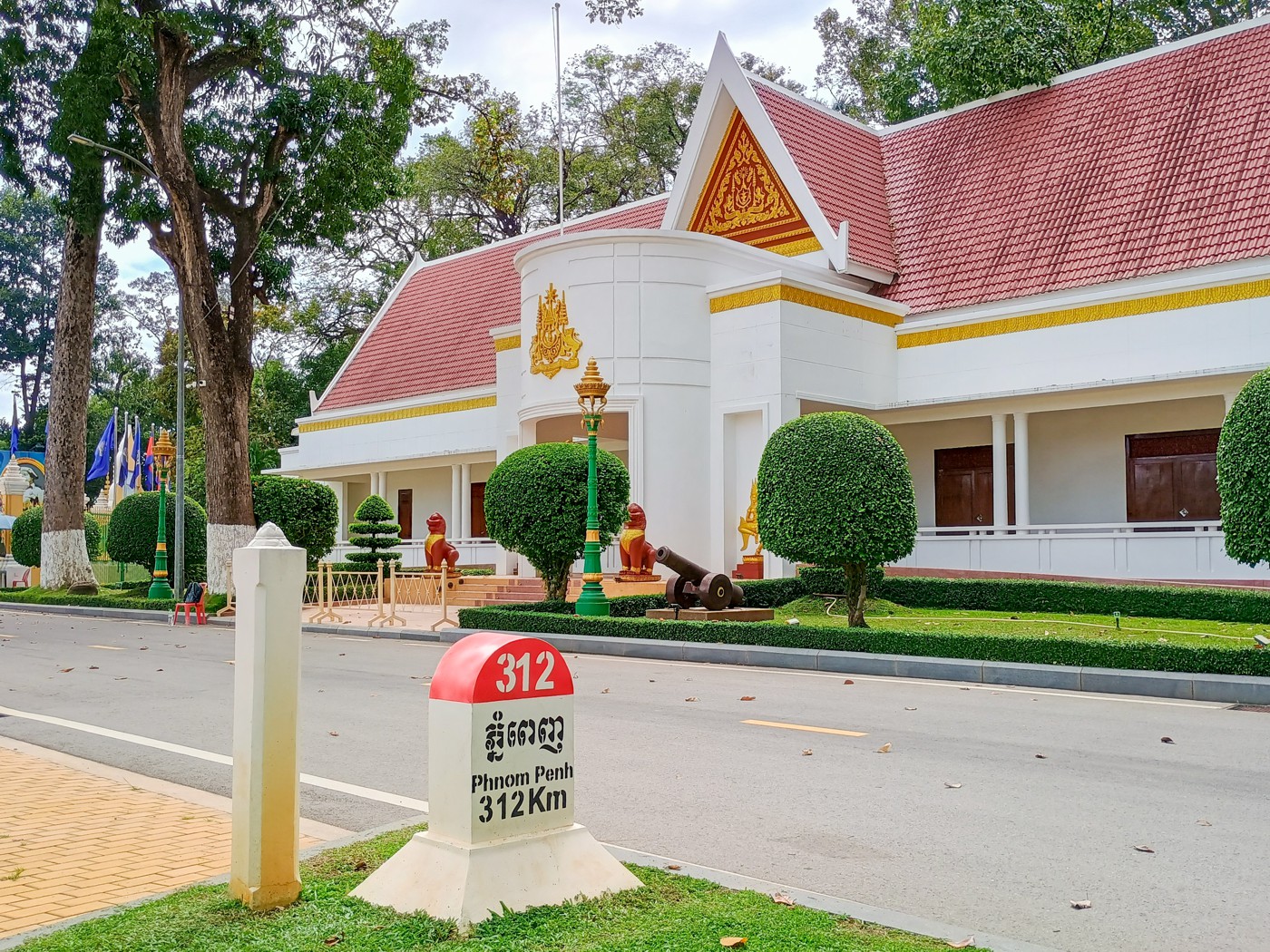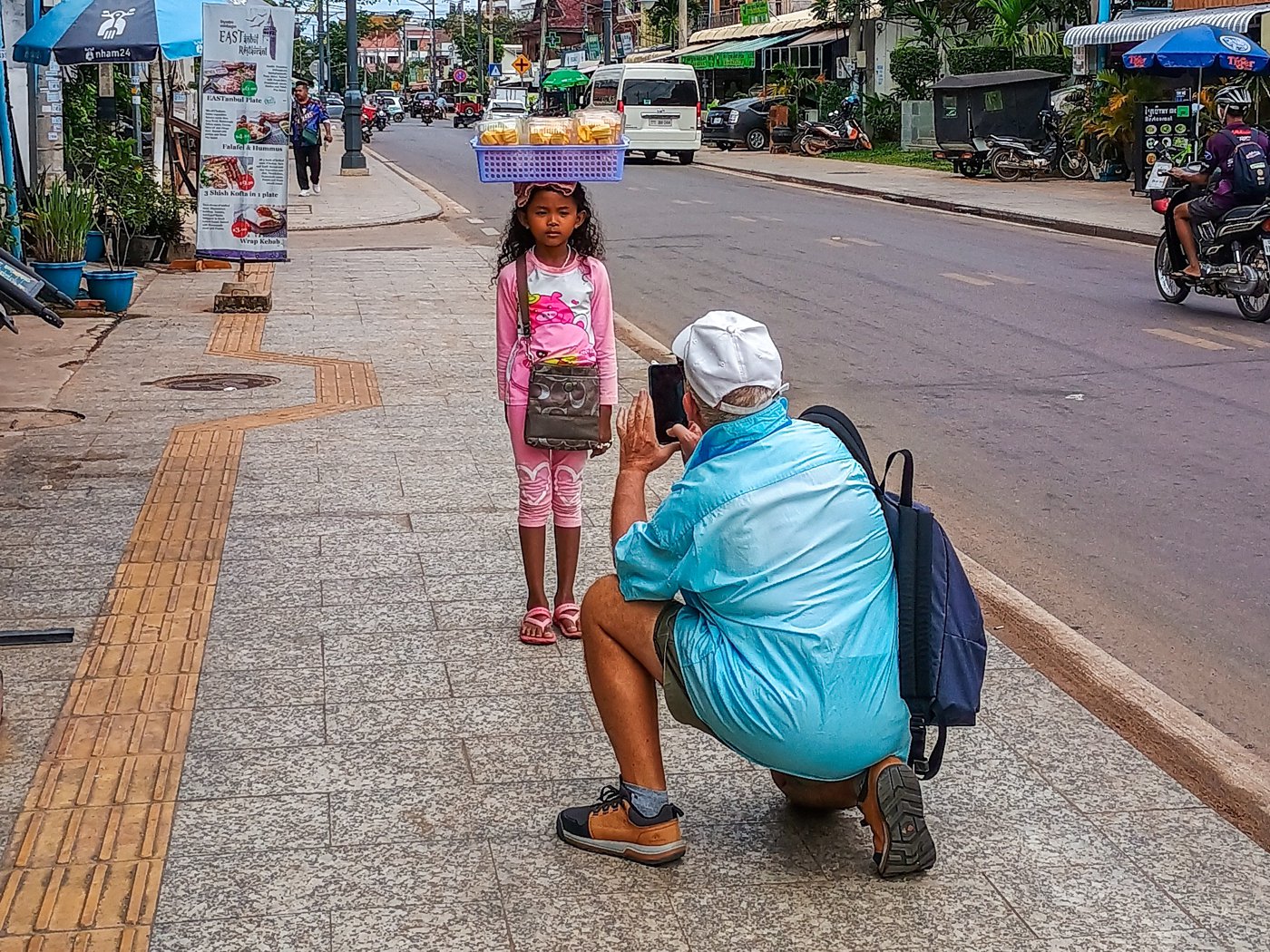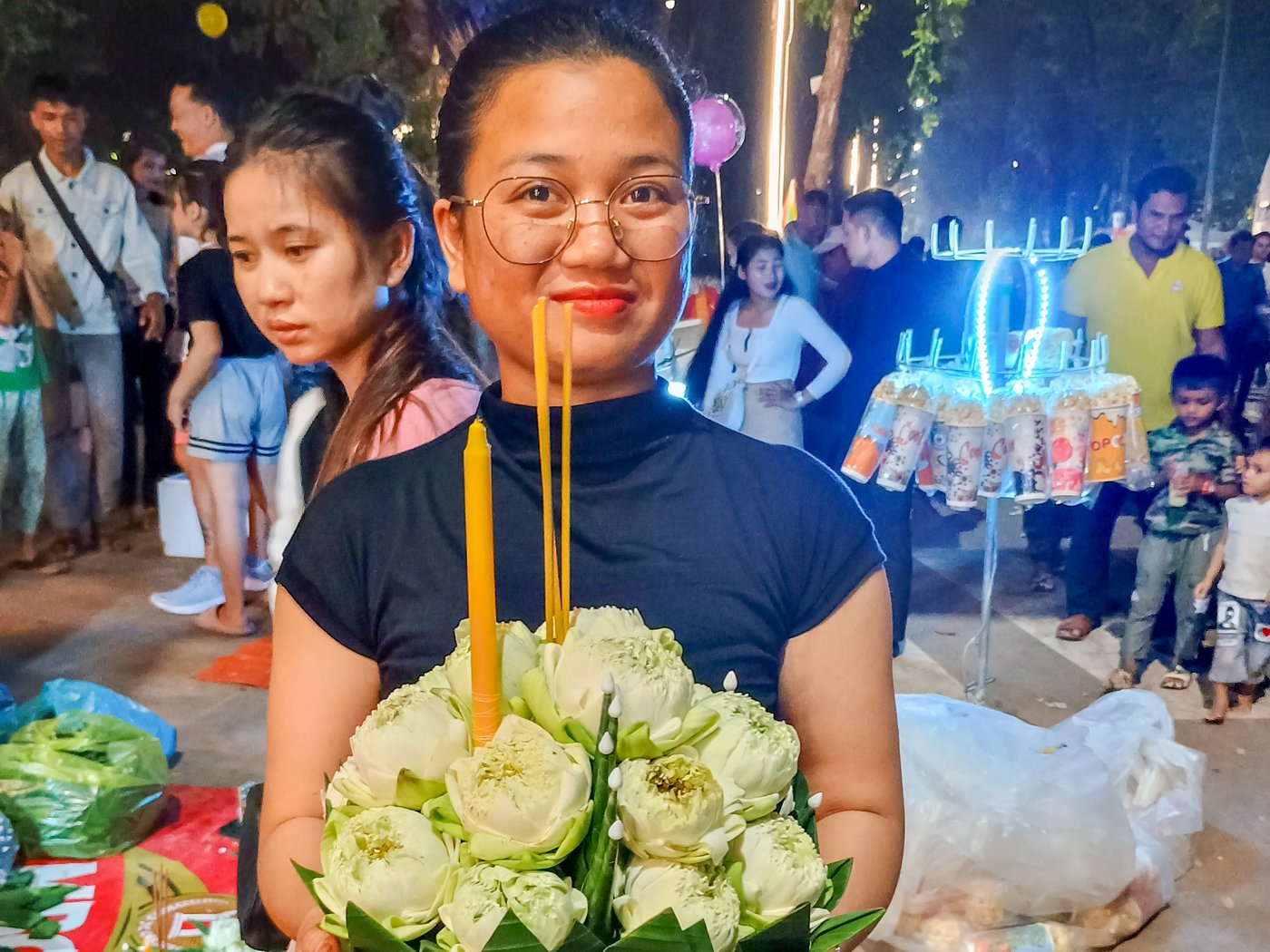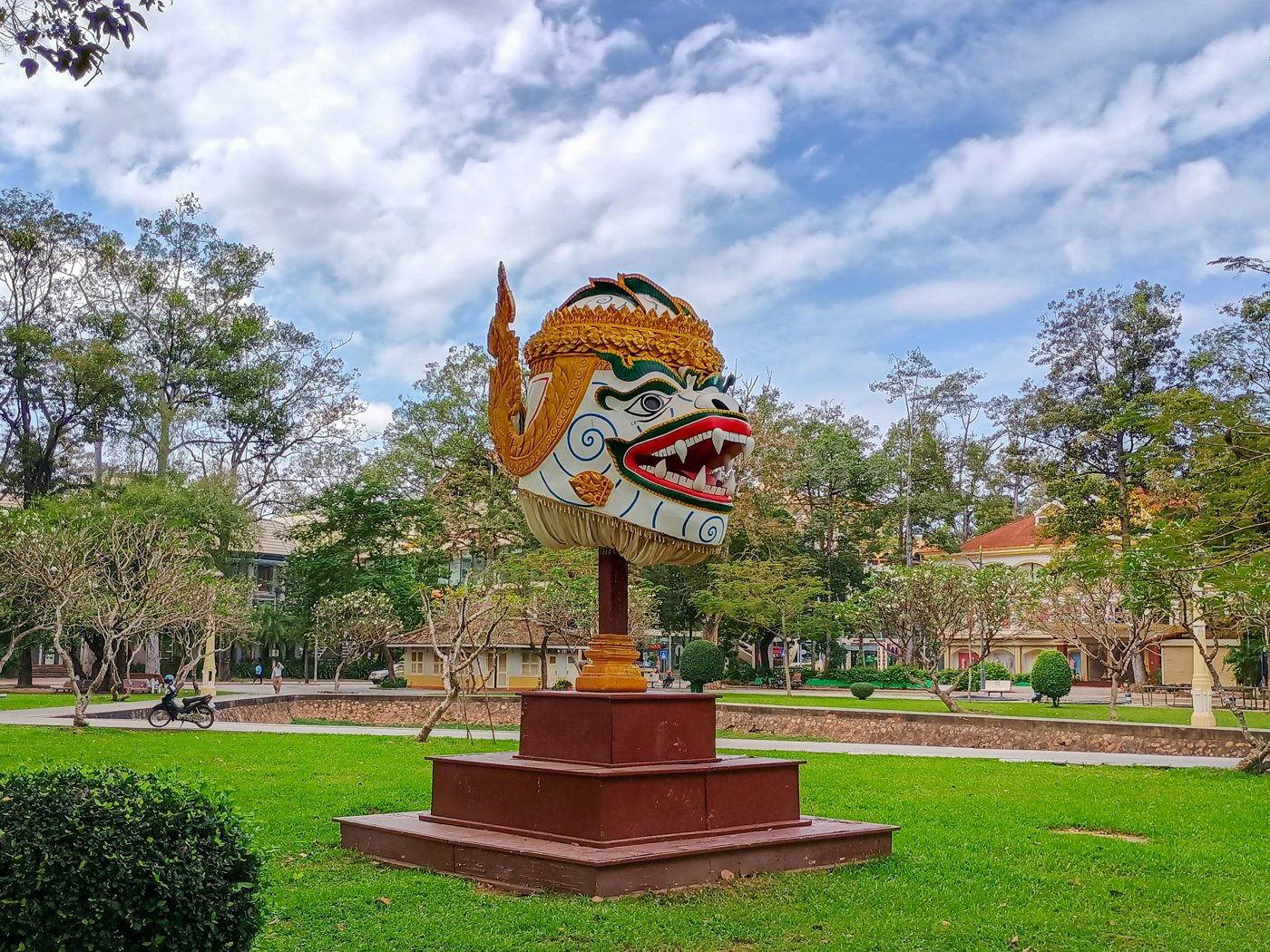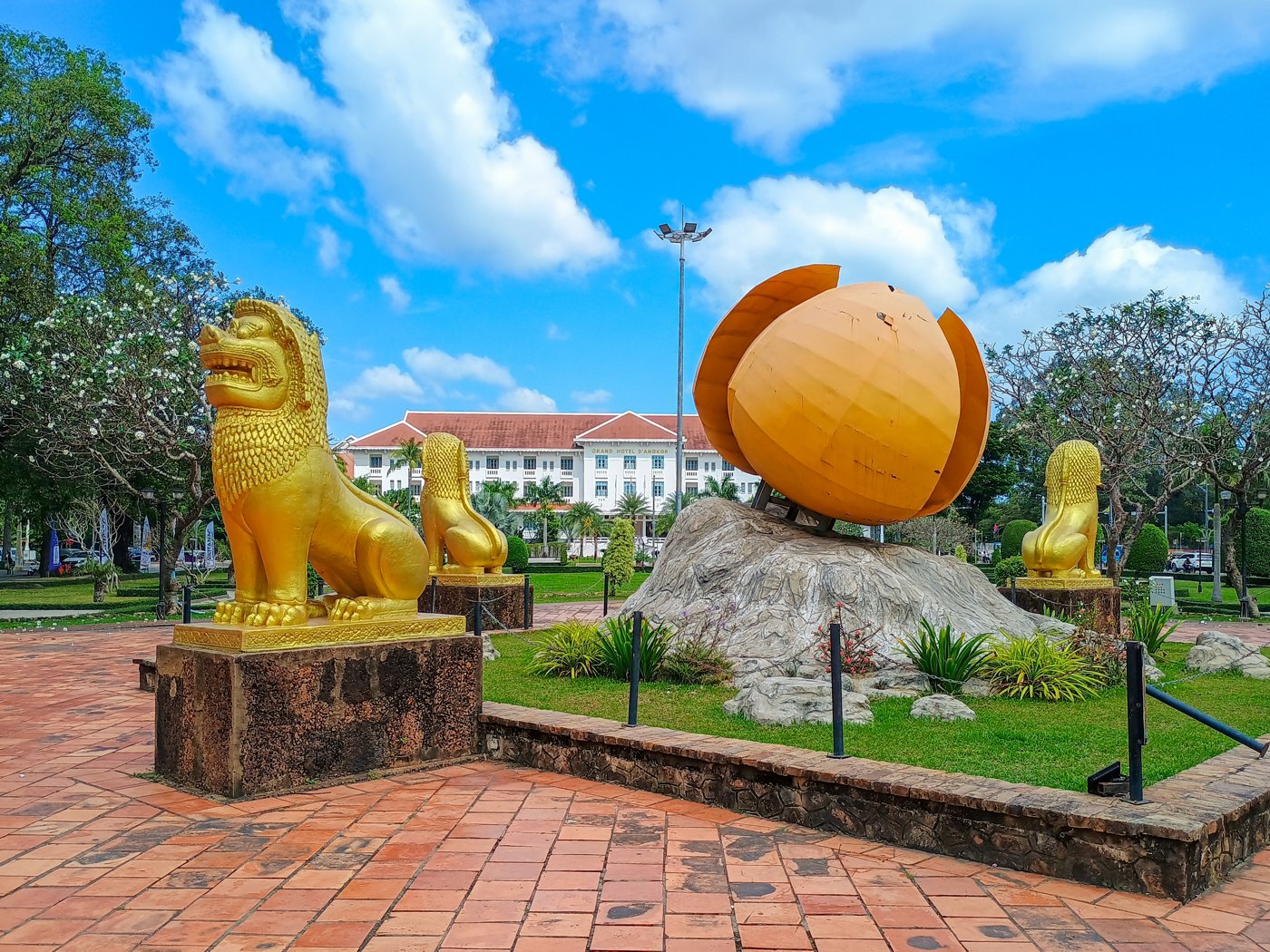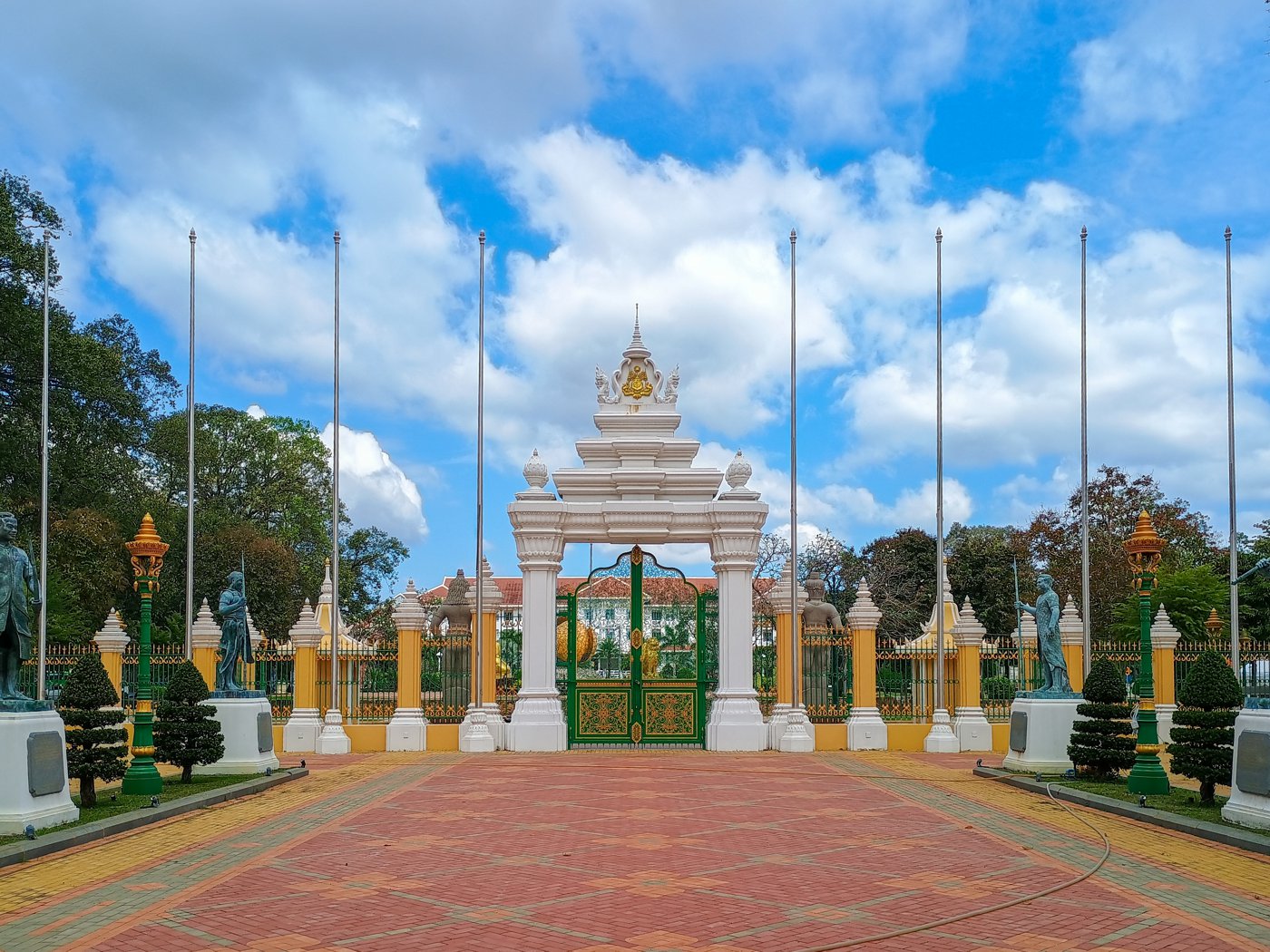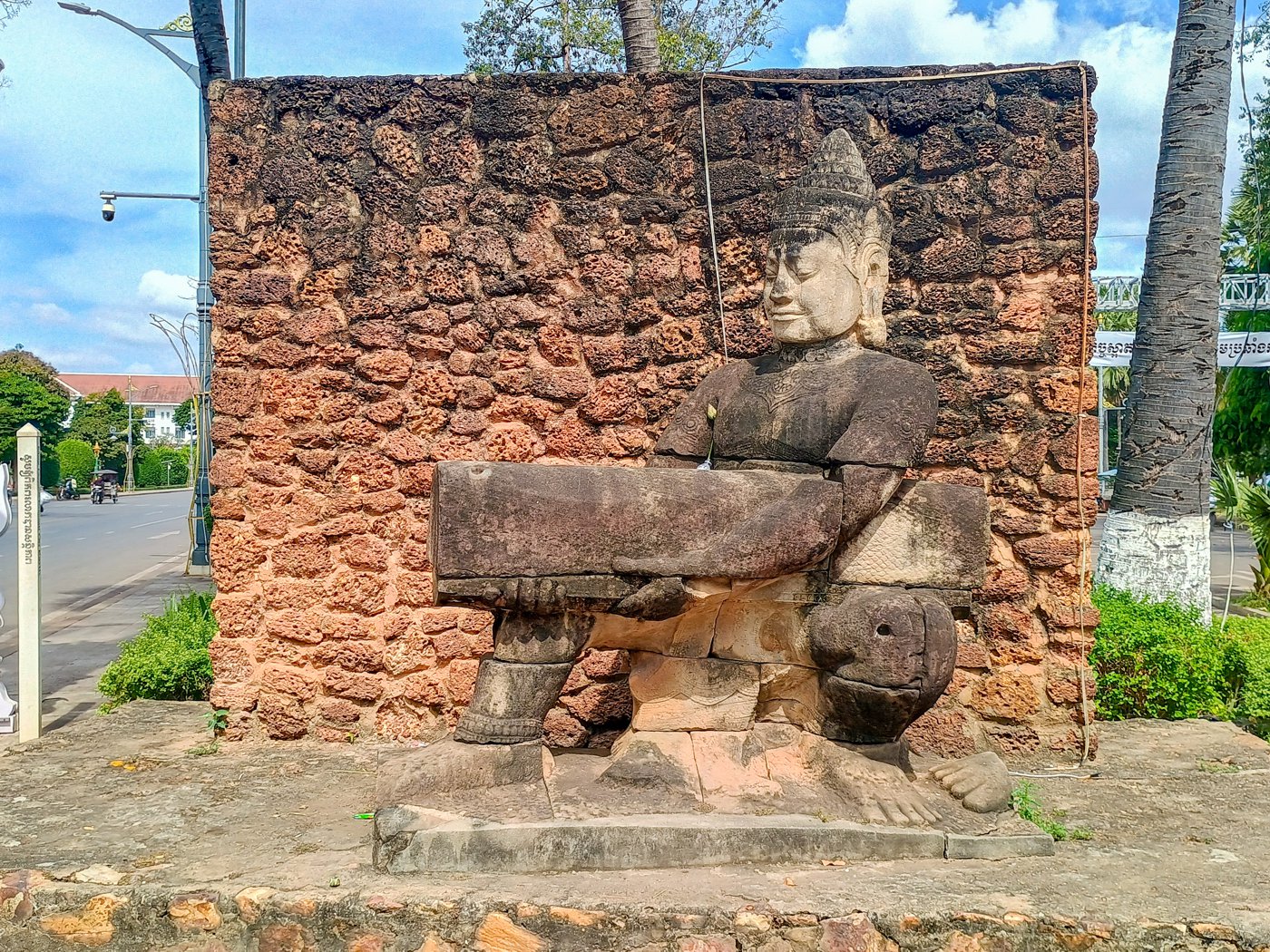Few places in Southeast Asia blend ancient grandeur with vibrant local culture quite like Siem Reap. Nestled in the northwestern plains of Cambodia, this enchanting city is best known as the gateway to the legendary Angkor Archaeological Park, home to over a thousand ancient temples—including Angkor Wat, the world’s largest religious monument and a symbol of Cambodia’s national pride. Once the heart of the mighty Khmer Empire (9th to 15th century), Angkor was a thriving metropolis with sophisticated architecture, engineering, and spiritual life that rivaled the great cities of its time.
But Siem Reap is far more than just a base for temple-hopping. The city has grown into a charming blend of old-world heritage and modern creativity, with French-colonial buildings, tree-lined boulevards, artisan workshops, and boutique cafés. Venture beyond the ruins and you’ll discover floating villages on Tonlé Sap Lake, buzzing night markets filled with local crafts and street food, and peaceful countryside trails ideal for cycling and rural exploration.
Whether you’re a history buff tracing the footprints of ancient kings, a foodie seeking authentic Khmer flavors, or a traveler looking to connect with Cambodia’s warm and resilient people, Siem Reap promises a journey that’s both soul-stirring and unforgettable.
Getting to Siem Reap from Phnom Penh
Traveling from Cambodia’s capital, Phnom Penh, to Siem Reap is easy and offers several options:
By Bus or Minivan: The most popular and budget-friendly option. The journey takes around 5.5 to 6.5 hours depending on traffic and the operator. Giant Ibis and Virak Buntham are two reputable companies offering air-conditioned buses with reclining seats and Wi-Fi.
By Plane: The newly opened Siem Reap–Angkor International Airport (SAI) connects with Phnom Penh via daily flights. Flying takes under an hour and is ideal if you’re short on time.
By Private Taxi: Perfect for comfort and flexibility, the drive takes about 5 to 6 hours and allows for scenic stops along the way. Expect to pay more for the convenience.
By Boat (Seasonal): Available during the wet season (May to October), boats operate between Phnom Penh and Siem Reap via Tonlé Sap Lake. While scenic, this 6–8 hour journey can be less reliable and slower than road or air options.
Or Just Cycle!: In December 2023, I cycled from Phnom Penh to Siem Reap—a distance of over 350 km. You can read more about this adventure on my cycling blog.
Top Things to Do in Siem Reap
1. Angkor Wat and the Temples of Angkor
The crown jewel of Cambodia, Angkor Wat is a must-see. Built in the 12th century, this vast complex was originally a Hindu shrine before becoming a Buddhist temple. Arrive at sunrise to watch its silhouette shimmer in the lotus pond. Also worth exploring are the serene Bayon Temple, with its many stone faces, and Ta Prohm, where tree roots twist dramatically through crumbling walls—made famous by the film Tomb Raider. Explore the temples by tuk-tuk, bicycle, or on foot for a more immersive experience.
2. Wat Bo Pagoda
One of Siem Reap’s oldest temples, Wat Bo dates back to the 18th century. Inside are striking 19th-century murals, including rare depictions of the Reamker (Cambodia’s version of the Ramayana) and scenes of daily village life. Set by the river, this peaceful site offers a quiet break from the crowds. Entry is free, though donations are welcome.
3. Royal Residence and Gardens
Known as the King’s Residence, this colonial-era structure built in the early 20th century was once a retreat for Cambodia’s royal family—especially King Norodom Sihanouk during his visits to Angkor. While the residence itself isn’t open to the public, the surrounding Royal Gardens are. This peaceful green space in the heart of the city is home to giant banyan trees and a population of fruit bats, especially noticeable at dusk. Nearby is the Shrine to Preah Ang Chek and Preah Ang Chorm, where locals gather to pray and make offerings. The area beautifully reflects Cambodia’s royal heritage and everyday spirituality.
4. Phsar Chas (Old Market)
This lively market by the river is the heartbeat of Siem Reap. You’ll find everything from handwoven scarves and silver jewelry to spices, dried fish, and Khmer snacks. I picked up some uniquely Cambodian souvenirs here for friends back home—including carved wooden Ganesh statues, puppets, and hand-stitched bags. It’s also a great place to practice your bargaining skills and soak in the vibrant atmosphere.
5. Pub Street
Just a short walk from the Old Market, Pub Street is Siem Reap’s neon-lit entertainment strip. It comes alive in the evening with street performers, live music, cocktail bars, and Khmer BBQ joints. Less chaotic than Phnom Penh or Saigon, it’s laid-back and welcoming to all kinds of travelers. Be sure to try amok, Cambodia’s signature dish of curried fish steamed in banana leaf, or sample grilled skewers at a roadside stall. Whether you’re in the mood for a dance floor or just a cold beer, Pub Street has something for you.
6. Phare, The Cambodian Circus
Don’t miss Phare—a vibrant, socially conscious circus blending acrobatics, theater, music, and traditional Khmer storytelling. I attended a show in December 2023 and was thoroughly impressed. Phare is more than entertainment—it’s part of a school in Battambang that trains underprivileged youth in the performing arts. You’ll see posters everywhere—from tuk-tuks to travel shops—many featuring photos taken by my friend Scott Sharick, who has closely documented their journey. Book early, as shows often sell out.
* Phare Circus photos are from their website: https://pharecircus.org
7. Cycle Through the Countryside
The flat terrain around Siem Reap is perfect for cycling. Rent a bicycle or join a guided tour through a patchwork of rice paddies, sugar palm fields, lotus ponds, and quiet villages. Early mornings and late afternoons are ideal, offering cooler weather and golden light for photography. If you don’t have your own bike, there are countless rental shops in town who do. Many also offer half-day or full-day guided tours with English-speaking locals who share insights into rural Cambodian life that you won’t find in any guidebook.
8. Artisan Workshops and Ethical Shopping
The Made in Cambodia Market showcases locally crafted goods, many made by women and people with disabilities. From silk scarves to quirky crochet frogs (yes, I bought a few!), everything is made with heart. Visit Artisans Angkor to see traditional techniques in action—stone carving, woodwork, and silk painting—all part of a mission to preserve Cambodian heritage.
9. APOPO HeroRAT Center
A unique and educational experience awaits at APOPO, an NGO that trains African giant pouched rats—affectionately known as HeroRATs—to sniff out unexploded landmines. Cambodia is still dotted with remnants of war, and these trained rodents have helped clear vast areas of land safely. At the center, you can watch live demonstrations, hold the rats, and learn about Cambodia’s ongoing mine clearance efforts. It’s both eye-opening and heartwarming. ( Read more about my visit to the APOPO HeroRAT Center )
10. Shadow Puppet Theater
Experience Cambodia’s ancient storytelling tradition through a shadow puppet performance—a cultural art form dating back to the Angkor era. Crafted from leather and illuminated against a screen, these puppets bring Khmer folklore and Hindu epics to life. Many NGOs and small venues host shows, often accompanied by live traditional music. It’s a cultural treat and a meaningful way to support local artists. ( Check out the Sbek Thom Ty Chean’s Troupe I visited )
11. Angkor National Museum
For a deeper understanding of Khmer history and the symbolism of the Angkor temples, this well-curated museum is well worth a visit. Exhibits include beautifully displayed statues, artifacts, and multimedia presentations. While I skipped it (having visited a similar museum in Phnom Penh), it comes highly recommended for first-time visitors to Cambodia.
12. Tonlé Sap Lake and Floating Villages
A short drive from the city lies Tonlé Sap—Southeast Asia’s largest freshwater lake and a vital lifeline for many Cambodians. Visit Kompong Phluk or Chong Kneas, where stilted wooden homes rise above the water and daily life unfolds on boats. These floating villages are best visited during the wet season (June to October), when water levels are high. Although I didn’t make this trip (having passed through similar communities while cycling from Phnom Penh to Siem Reap), many travelers find it a deeply immersive experience.
More Things to Try (Which I Hope to Do Next Time)
Cooking Classes – Learn to make traditional Khmer dishes like amok and lok lak.
Khmer Massage – Experience a relaxing massage using herbal treatments and traditional techniques.
Fish Spa – Let tiny fish nibble and tickle your feet—an unusual but fun local experience!
The Angkor Eye – Siem Reap’s new 85-meter (about 280 ft) Ferris wheel offers stunning 360° views of the city, countryside, and temple spires.
Apsara Dance Performance – Enjoy a traditional Khmer dance show, often held during dinner performances at local venues.
Accommodation and Food
Siem Reap offers an excellent range of accommodation options—from budget-friendly guesthouses to luxurious five-star hotels. During my stay, I stayed at both the Chhouy Vathna Angkor Boutique Hotel and Lavender Hotel. Both were clean, comfortable, and well-located, with rooms priced at around $20 per night.
The city also boasts a wide variety of restaurants and cafés serving everything from traditional Khmer cuisine to Continental fare. And if you’re craving Indian food, you’ll find no shortage of authentic Indian restaurants—many run by Indian owners with Indian chefs. I even spotted one intriguingly named Modiji’s!
Practical Tips
Currency: US dollars are widely accepted. You may receive small change in Cambodian riel (KHR).
Getting Around: Tuk-tuks are the easiest way to explore. Agree on the fare in advance or use apps like Grab.
Temple Etiquette: Dress modestly—shoulders and knees should be covered at religious sites.
Best Time to Visit: November to February offers cool, dry weather. The wet season brings lush landscapes and fewer tourists.
Siem Reap is a place where the past feels vividly alive—etched in stone, echoed in dance, and carried forward by a resilient people. Whether you’re marveling at a sunrise over Angkor Wat or sharing a laugh with a tuk-tuk driver, this city has a way of drawing you in and staying with you long after you’ve left.
Take your time, open your heart, and let the journey unfold.

